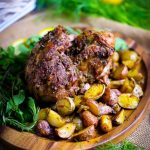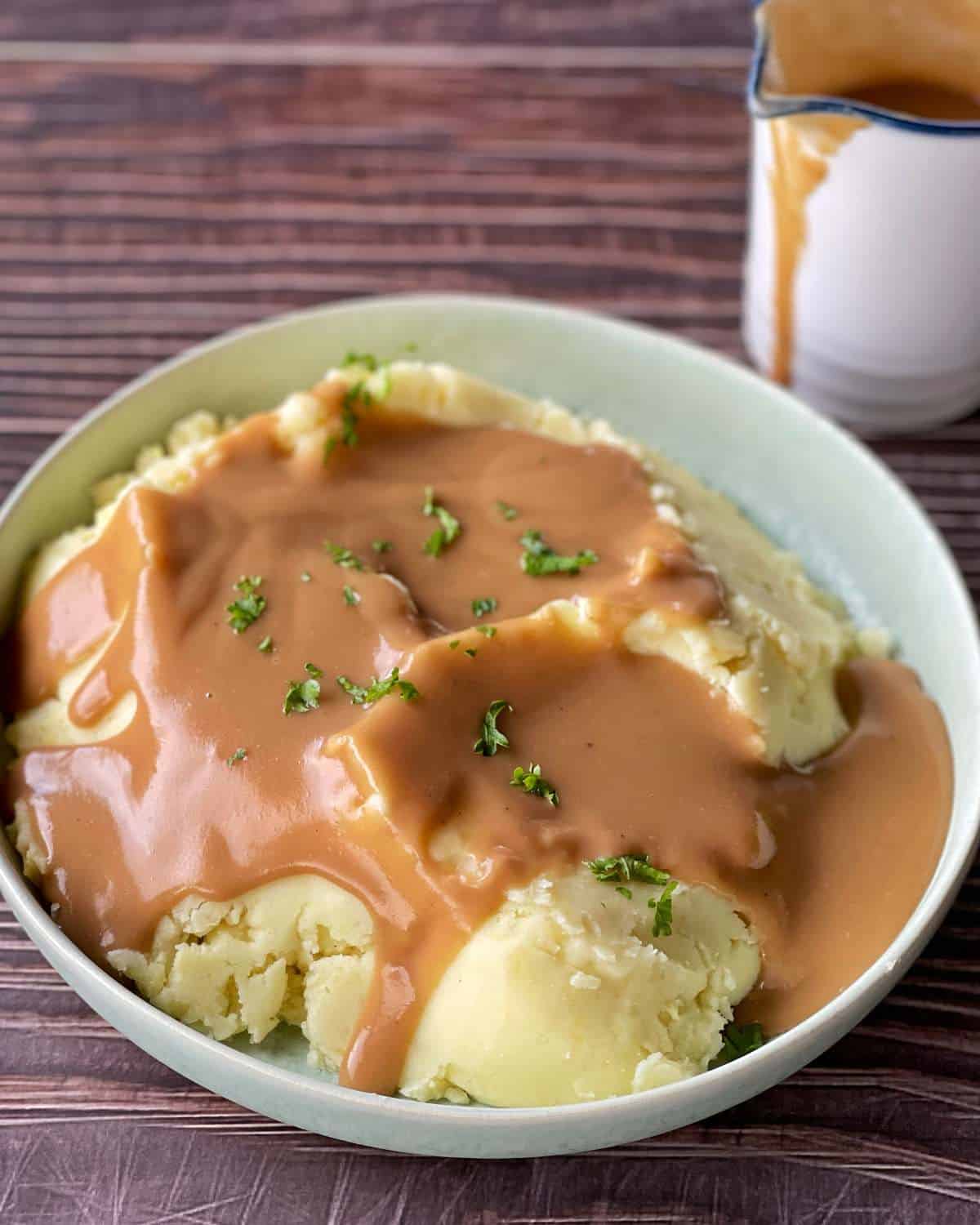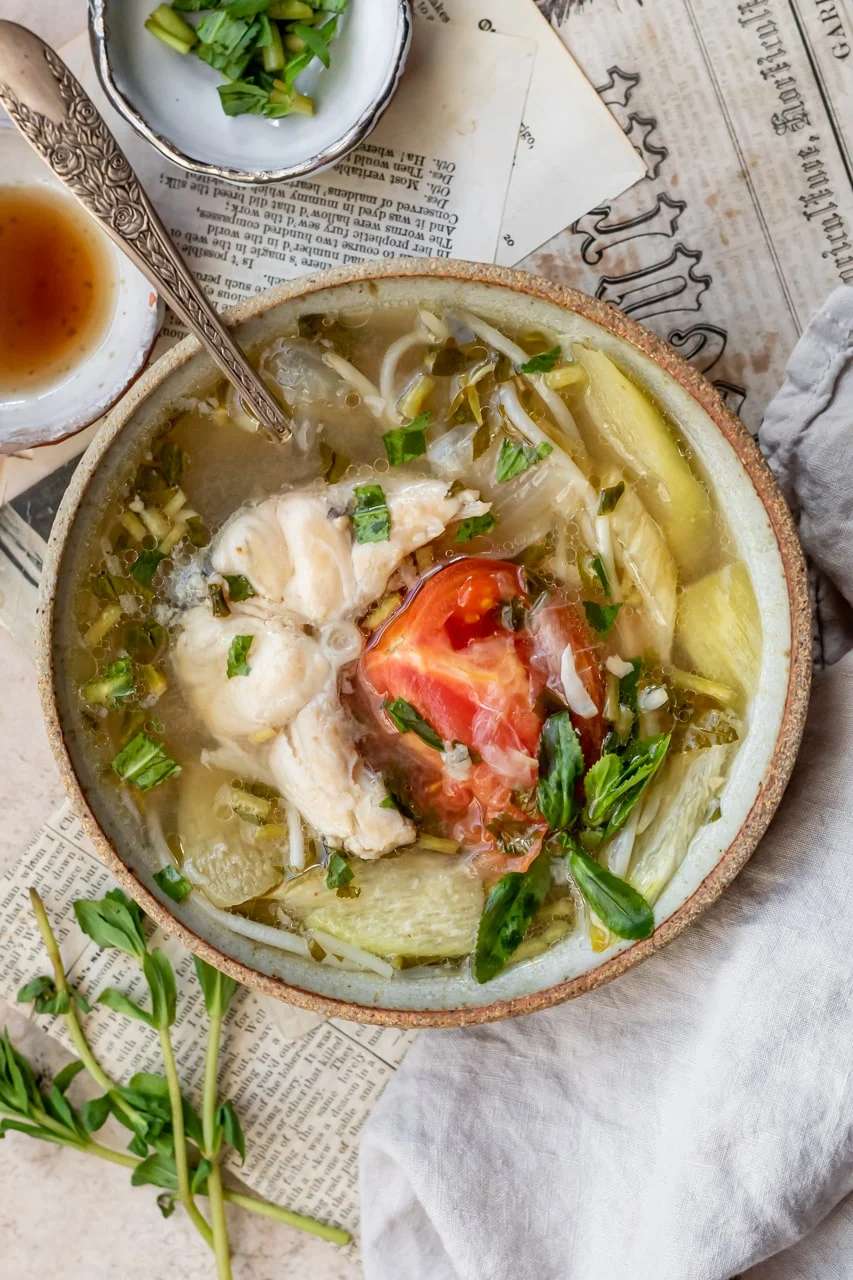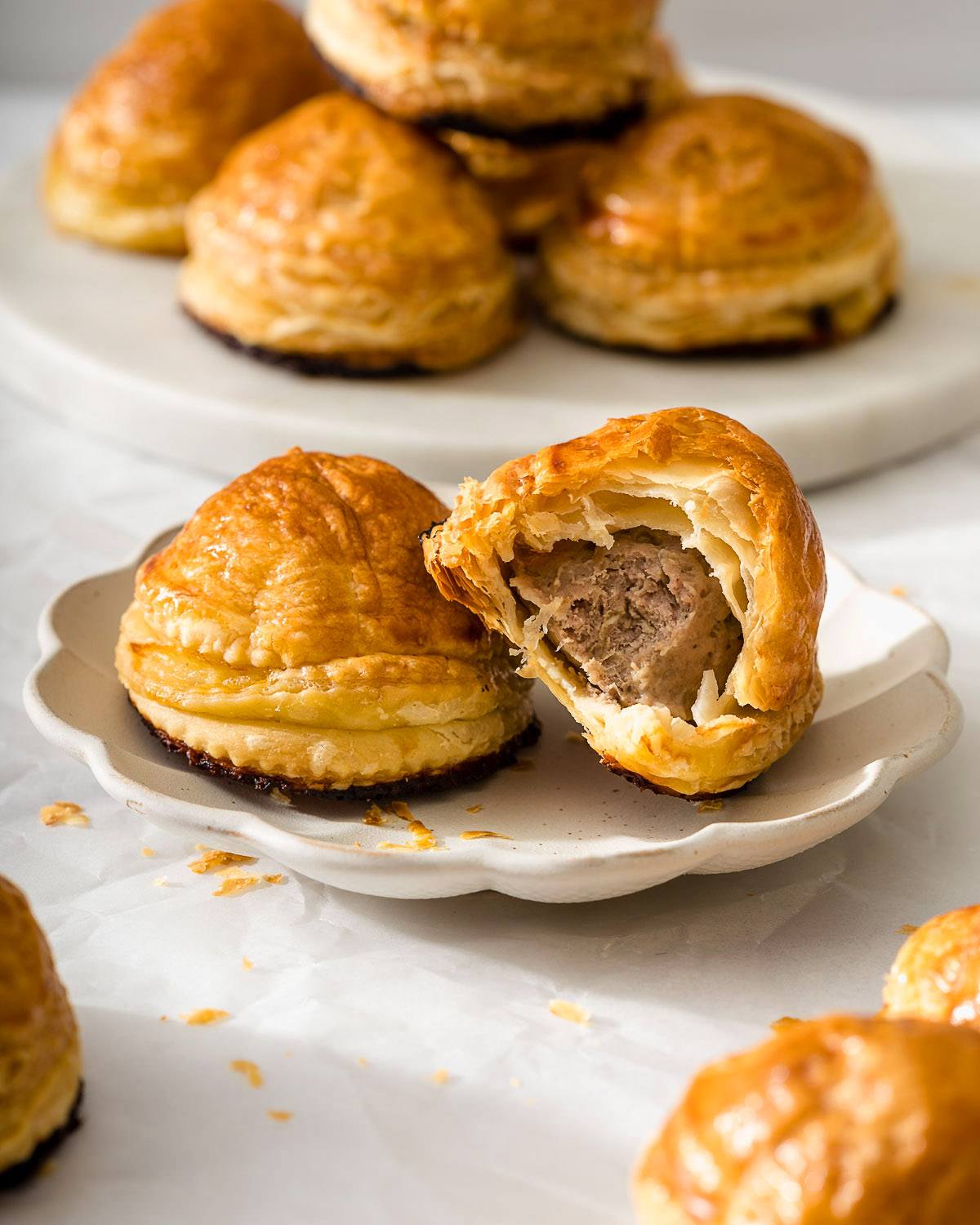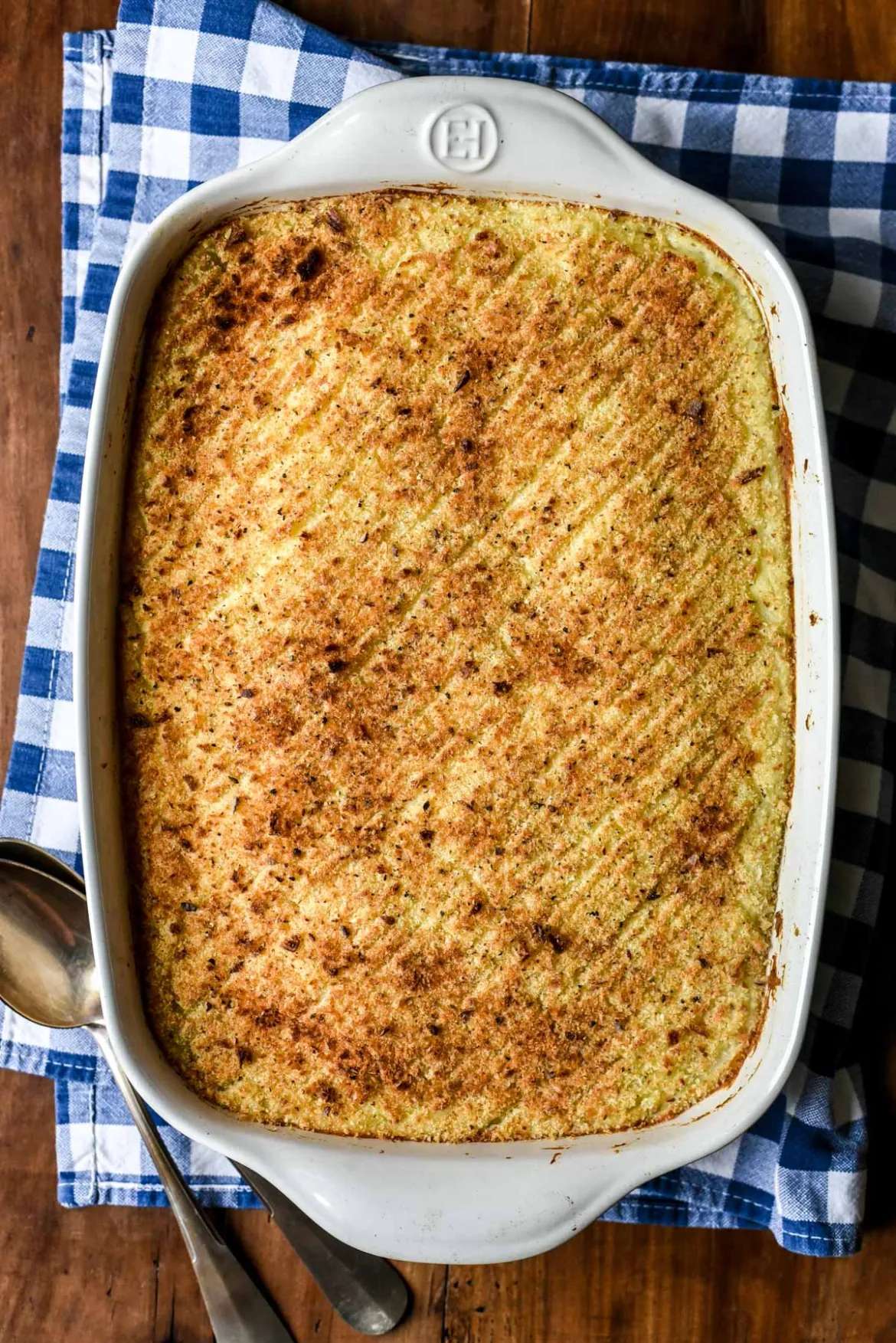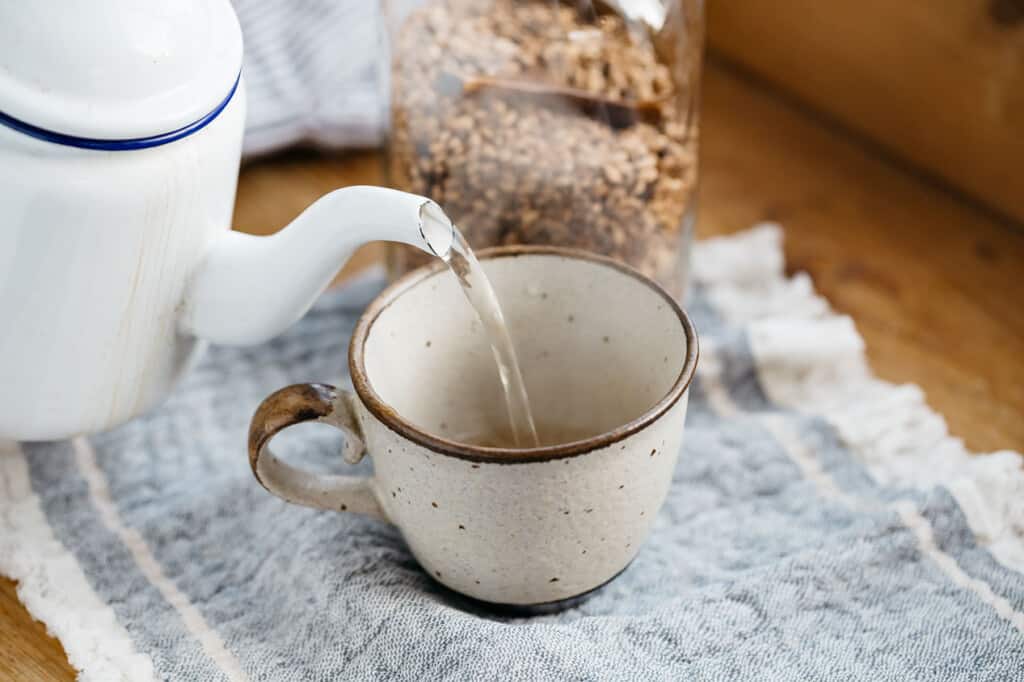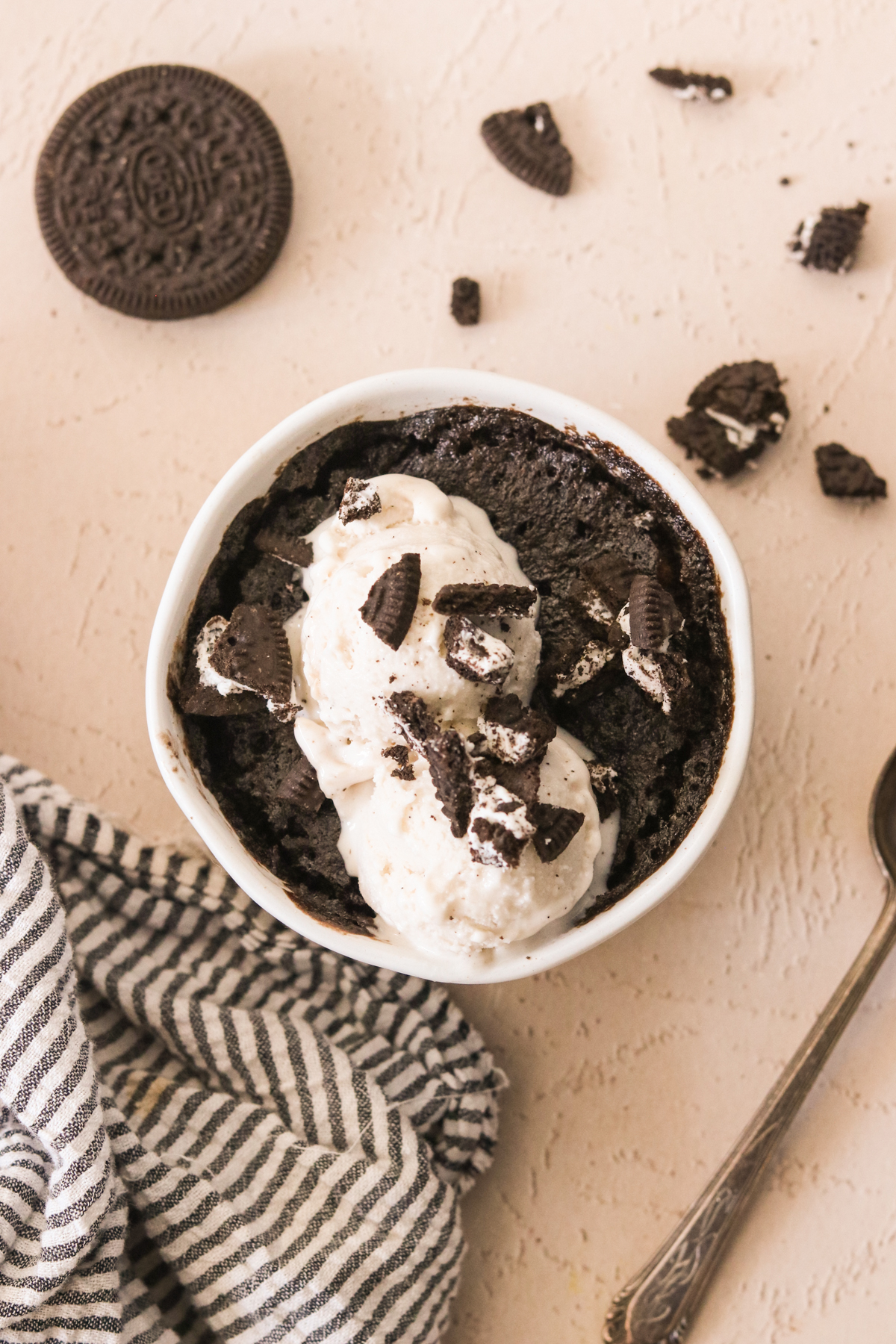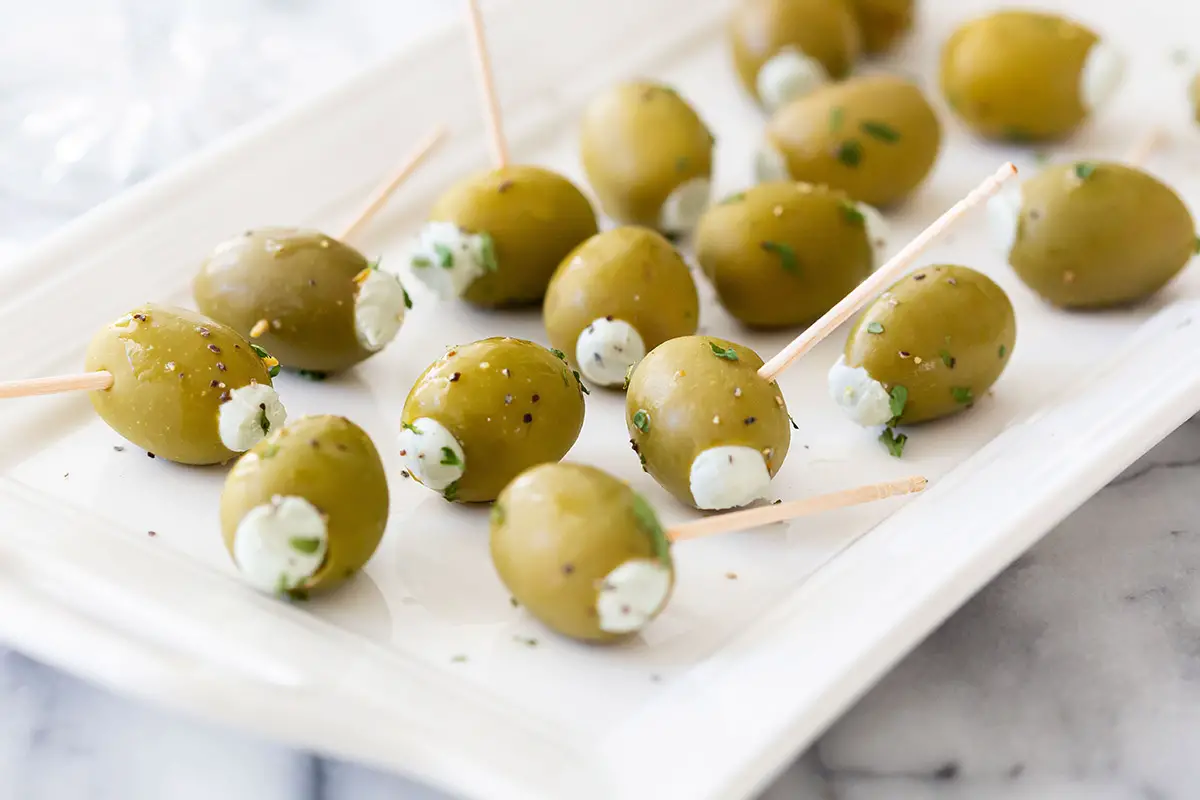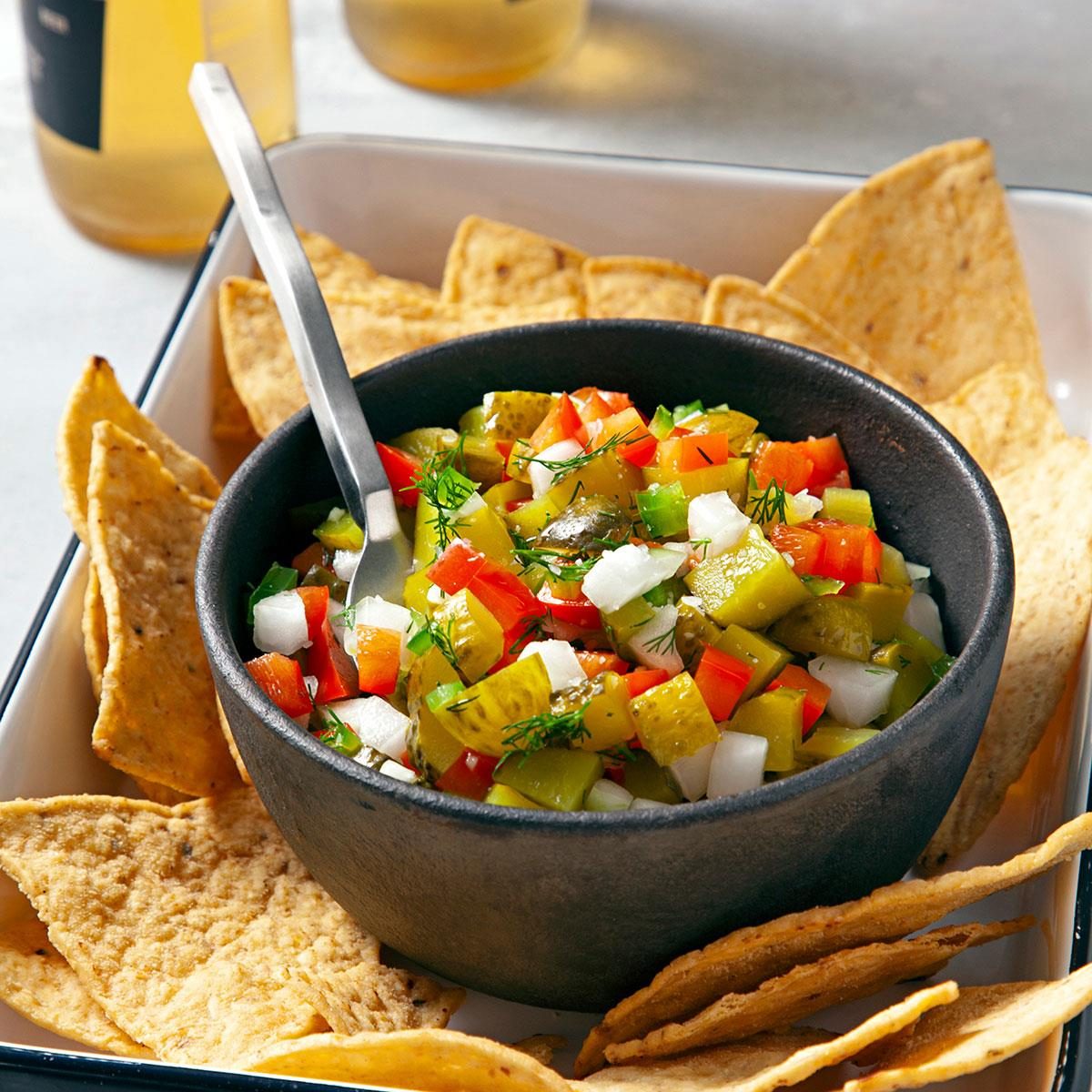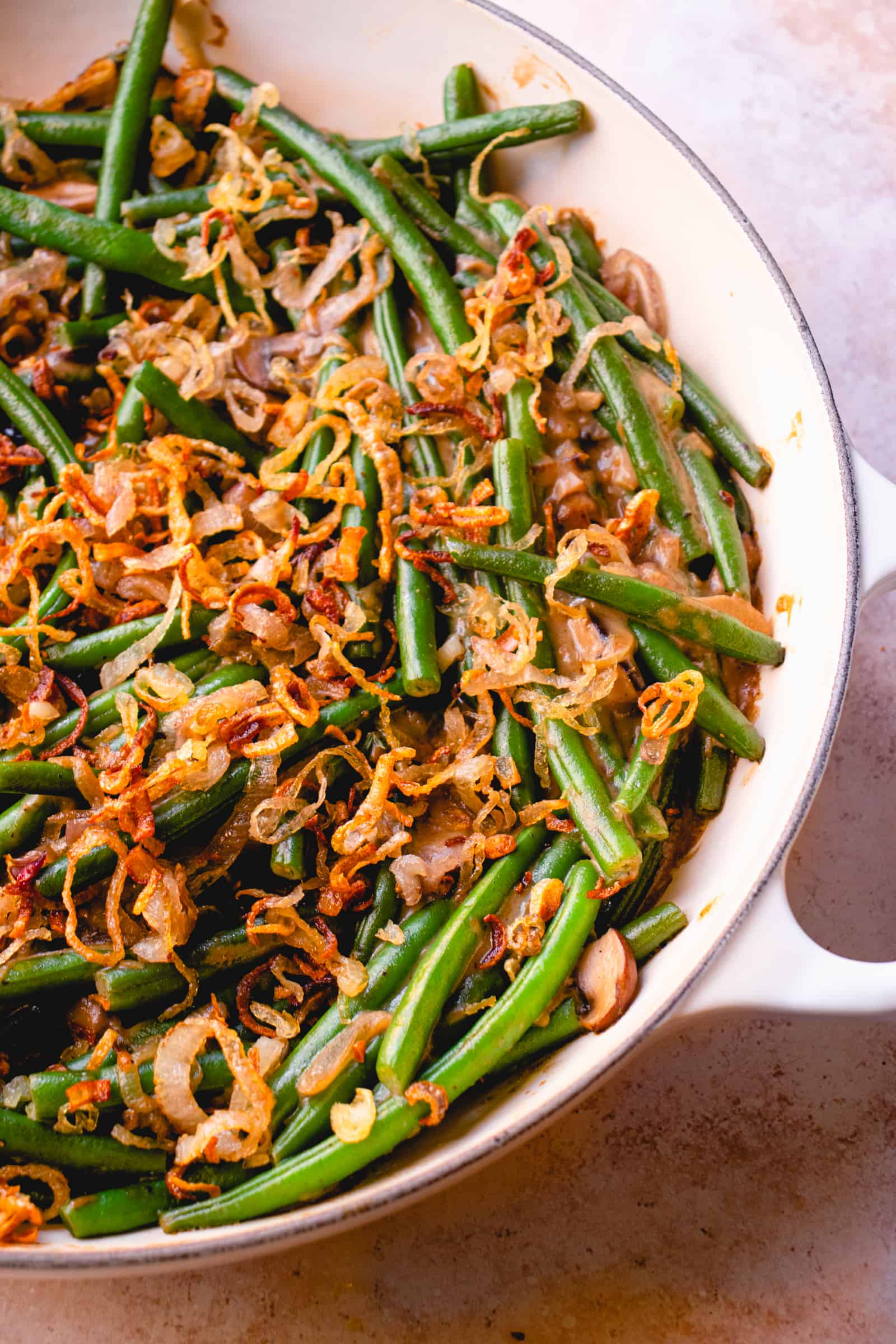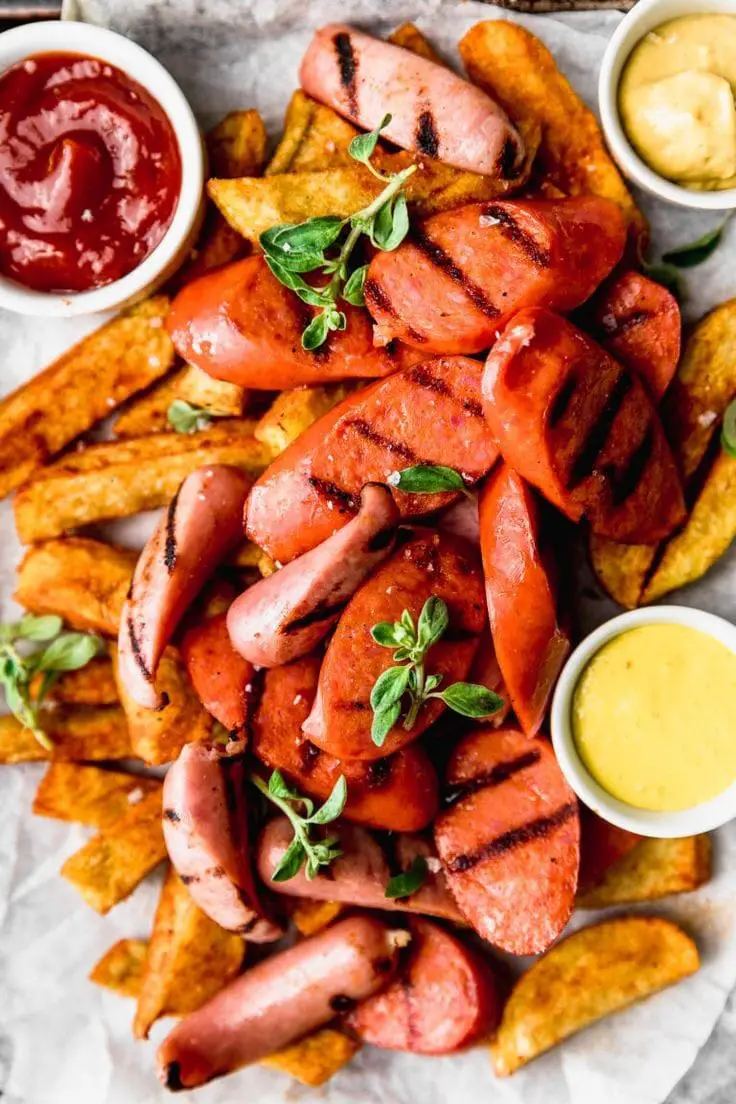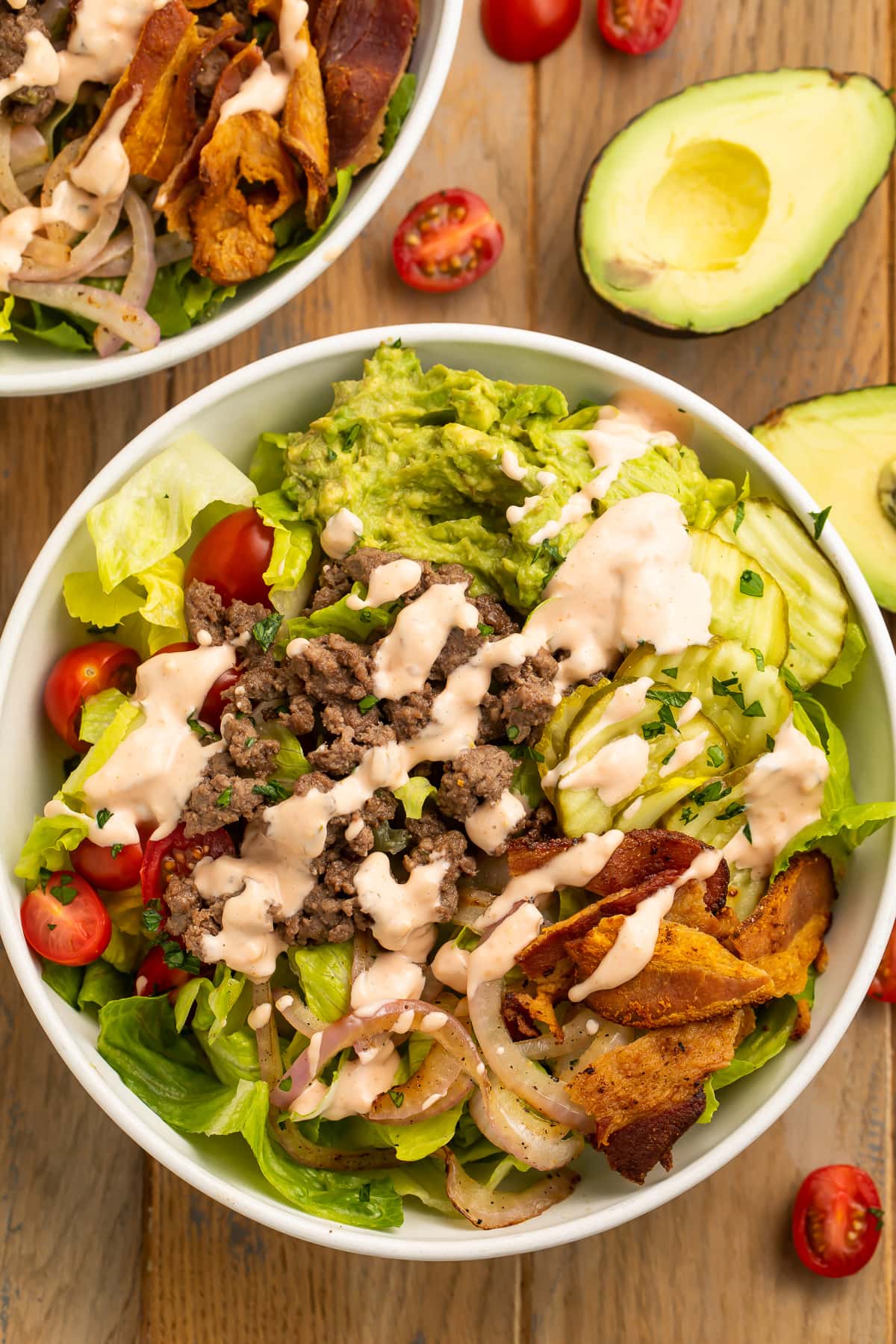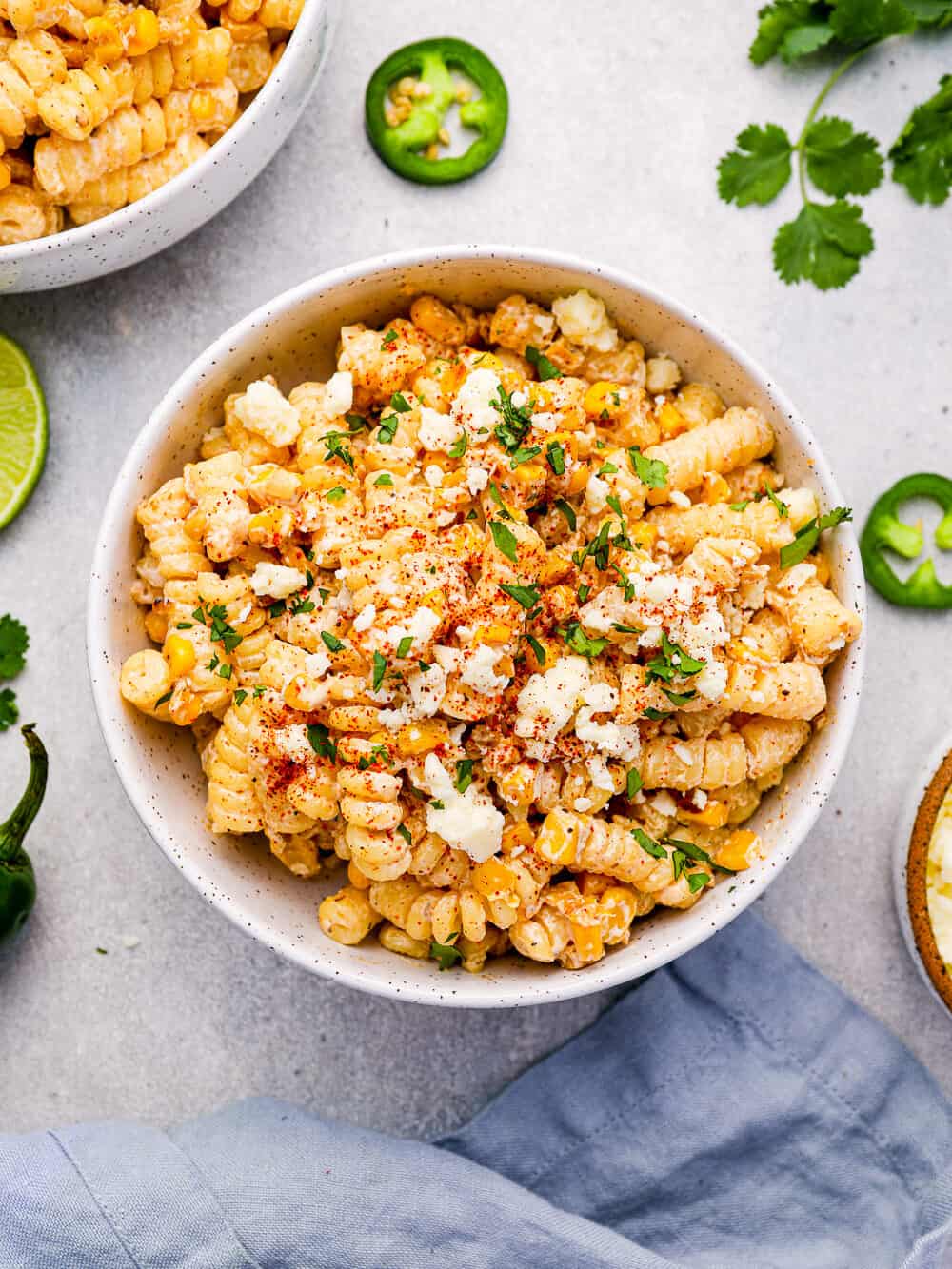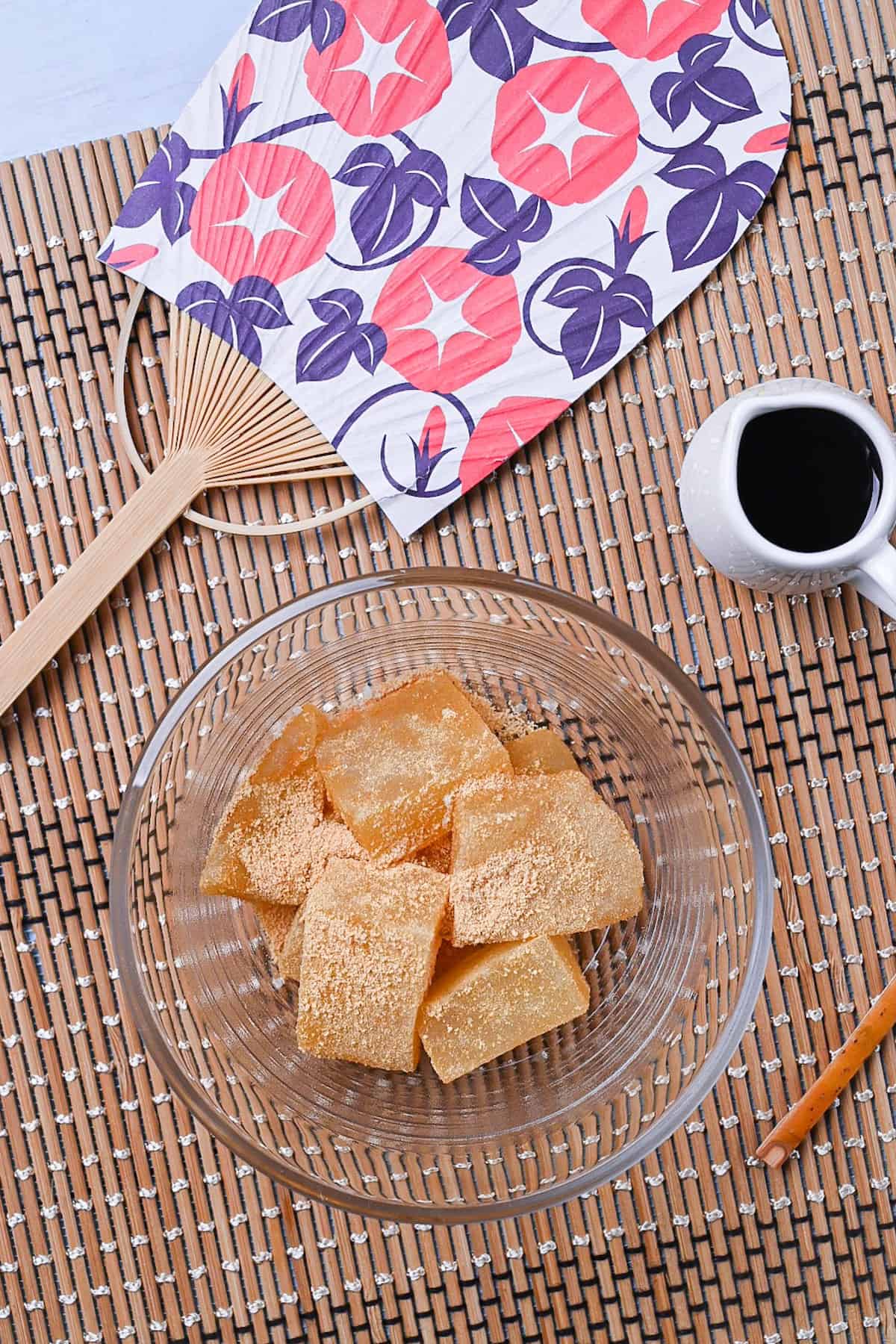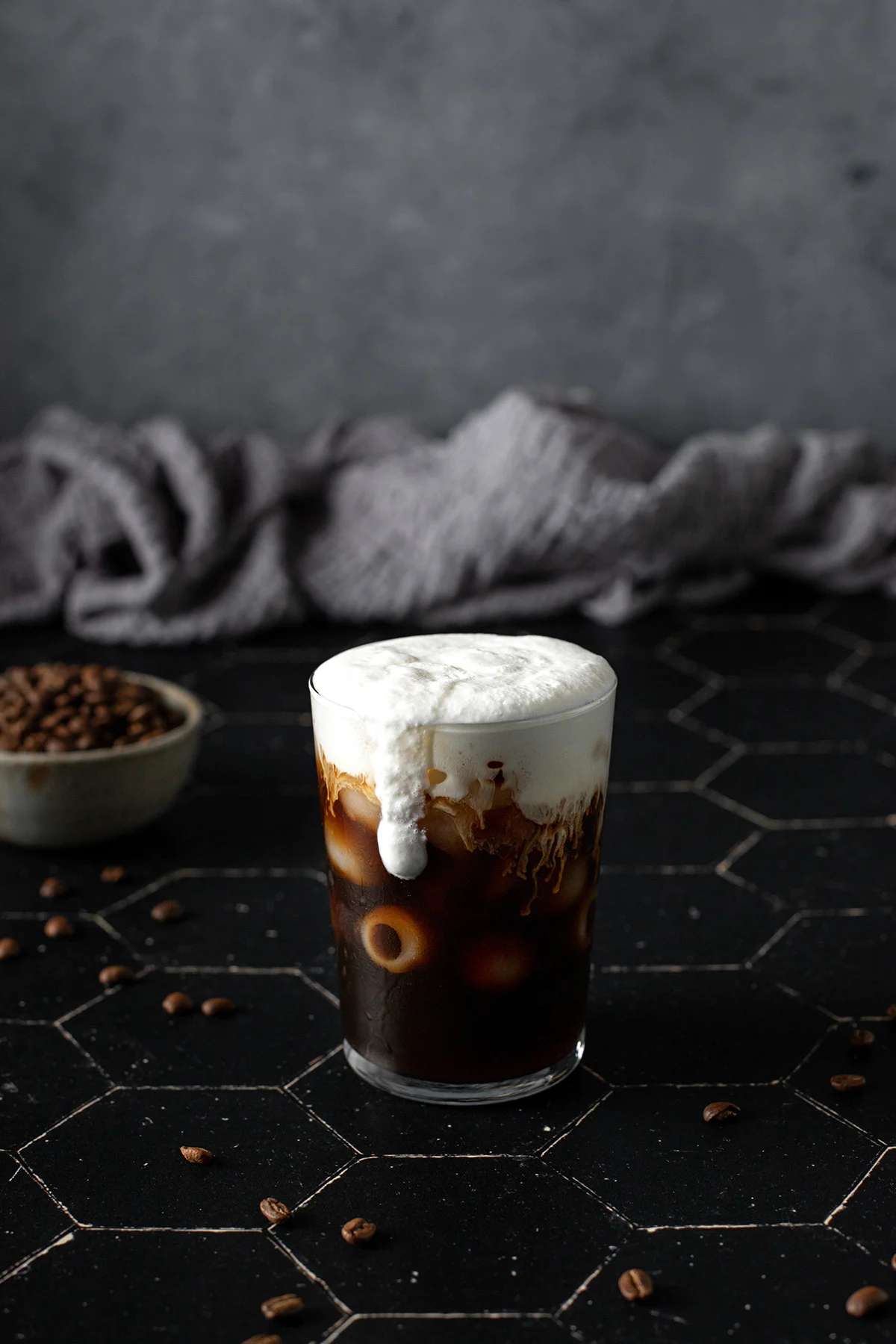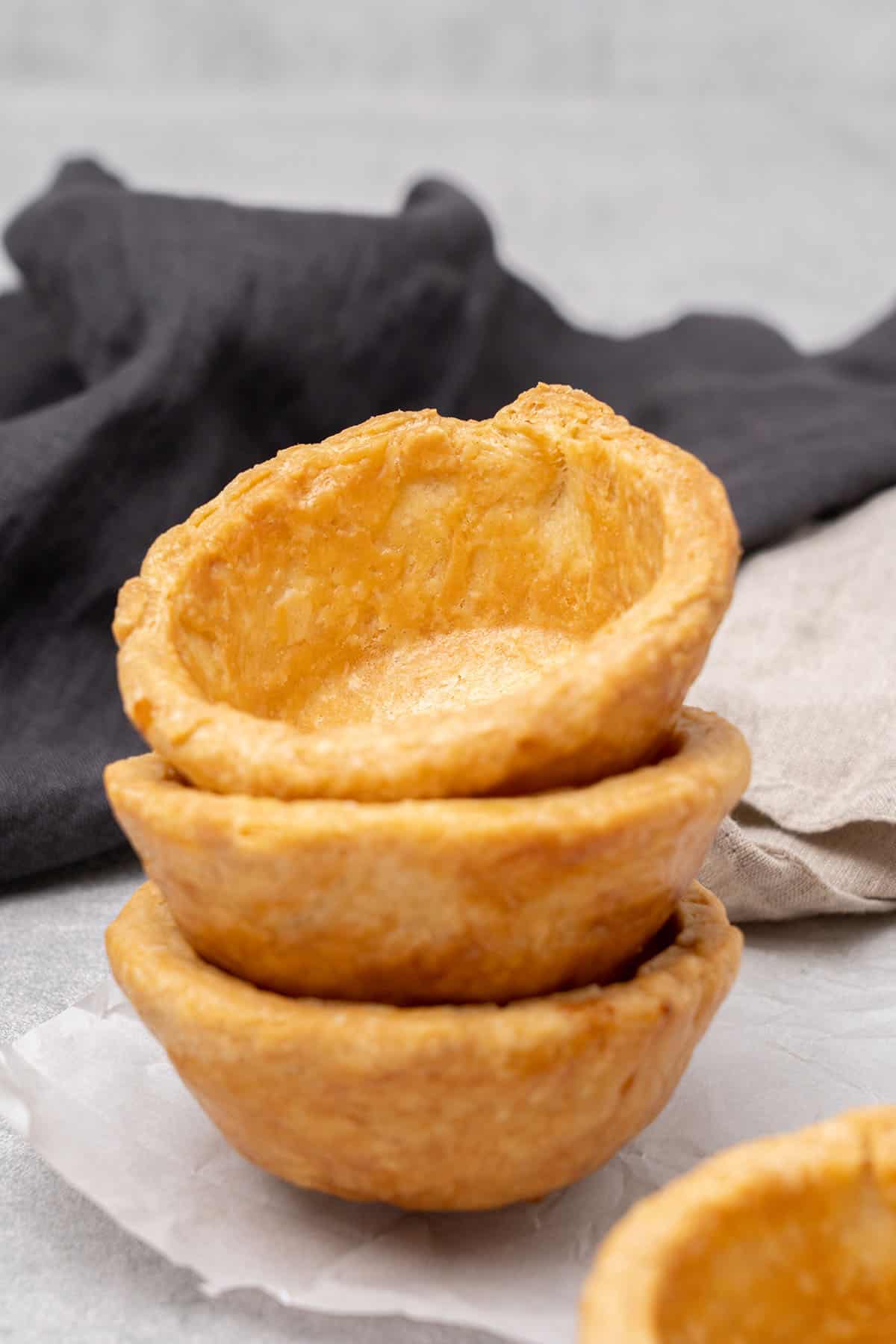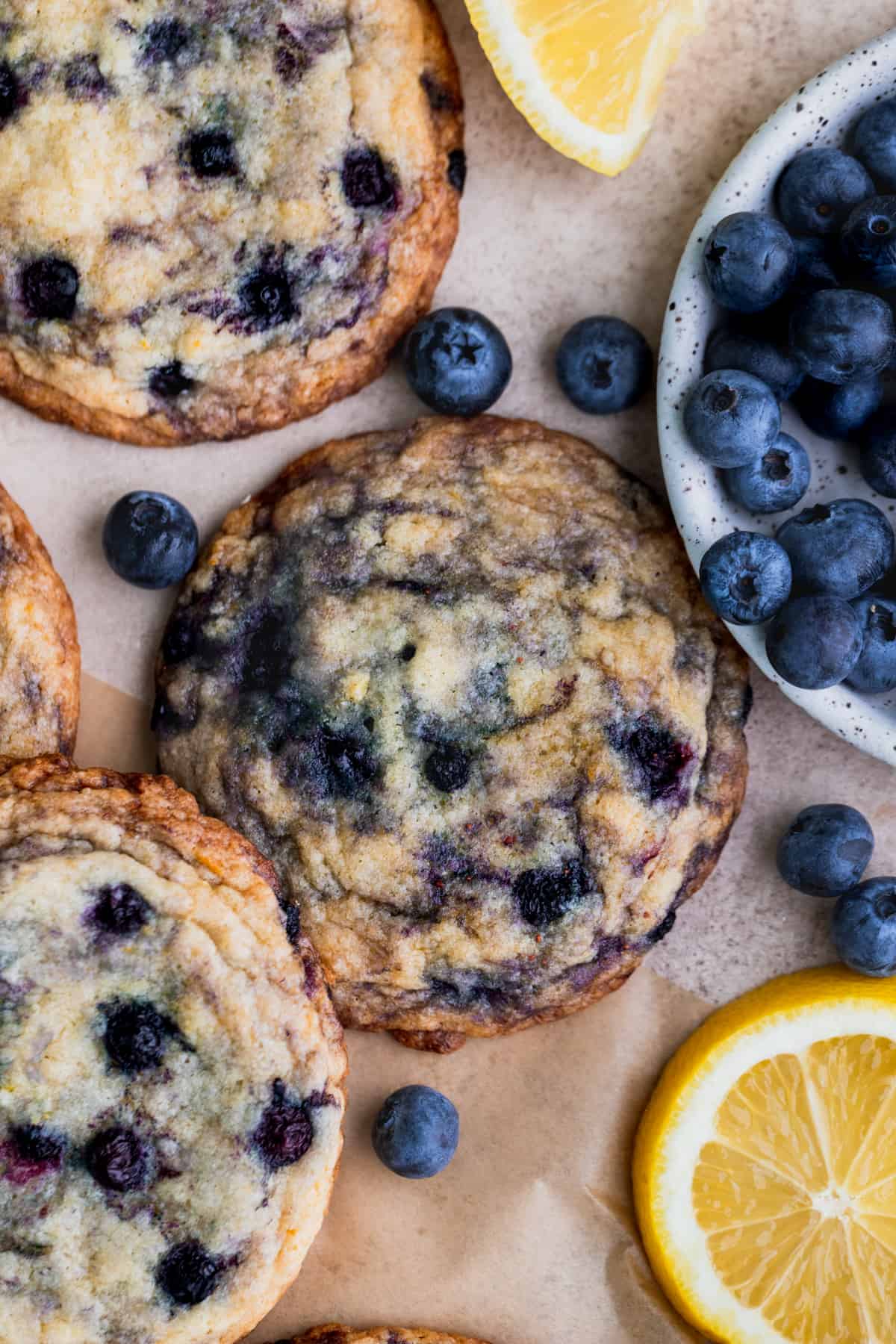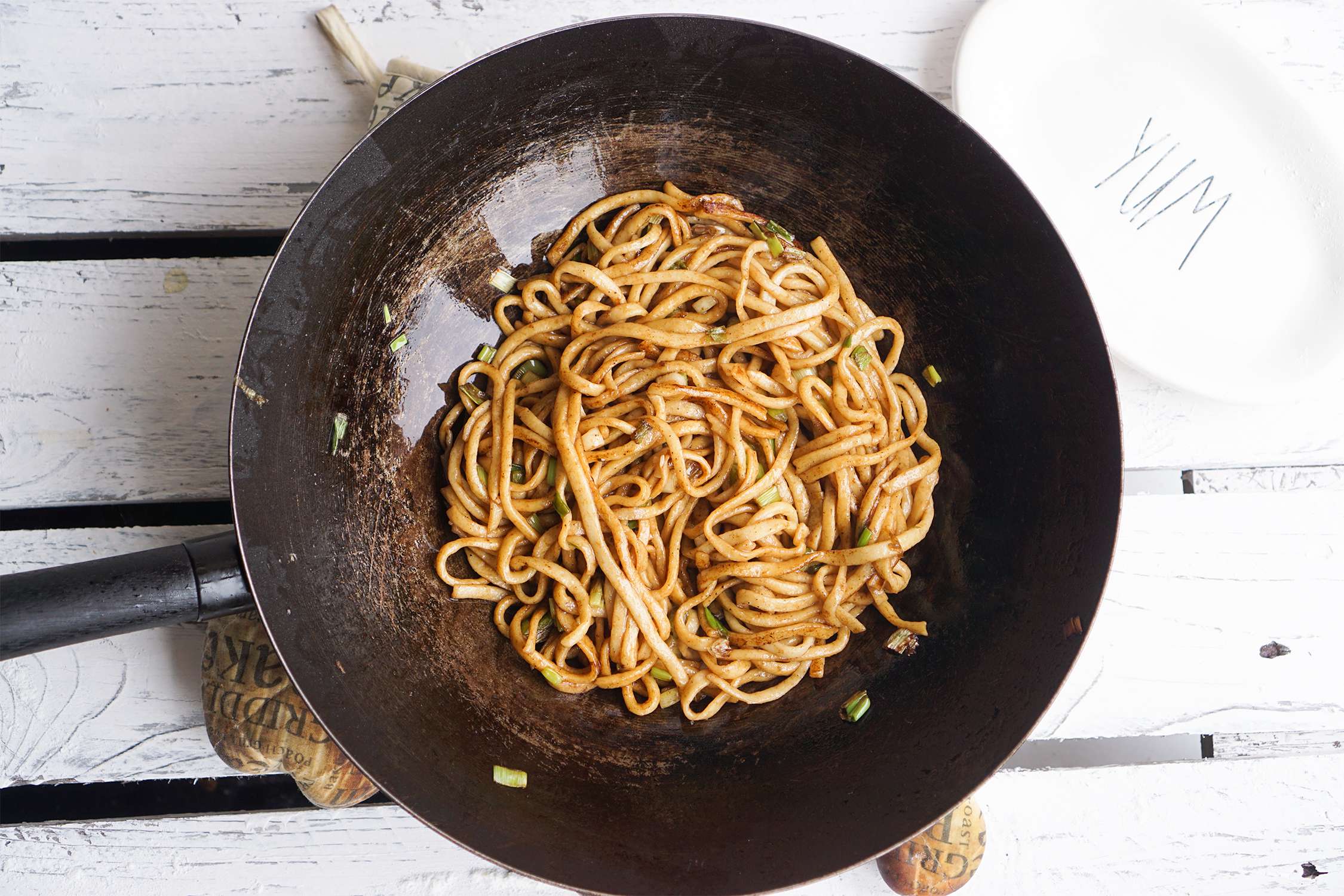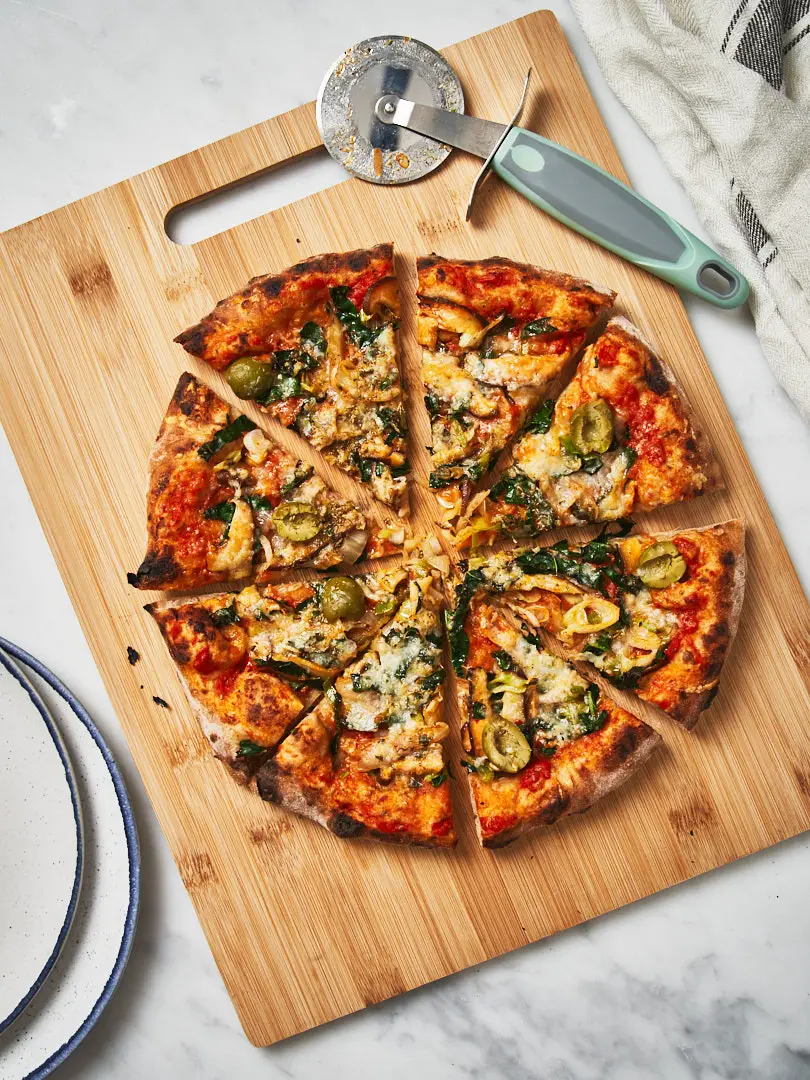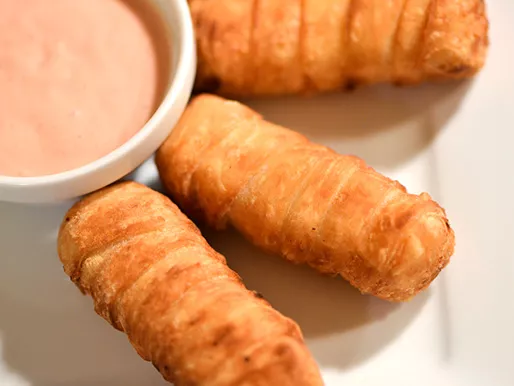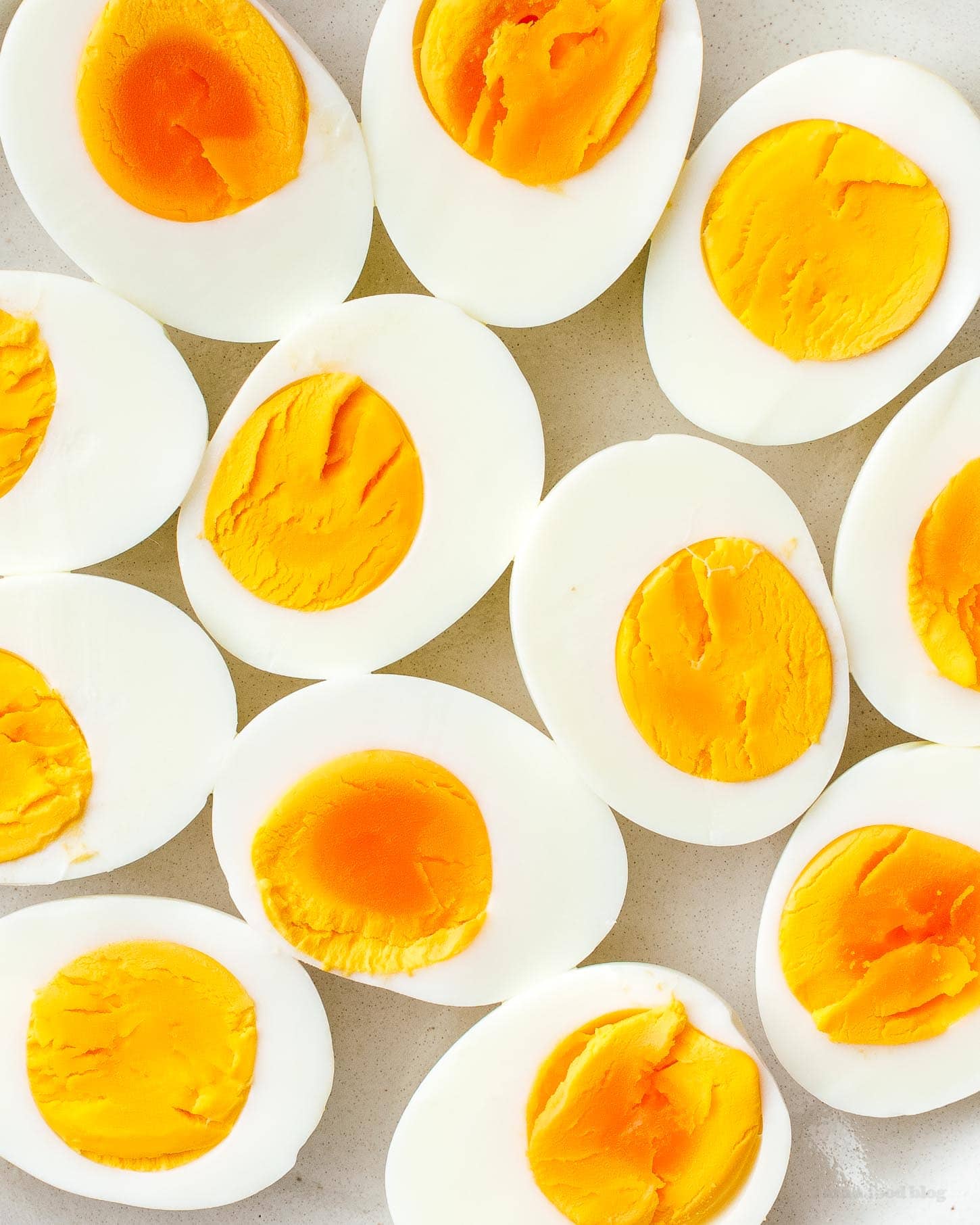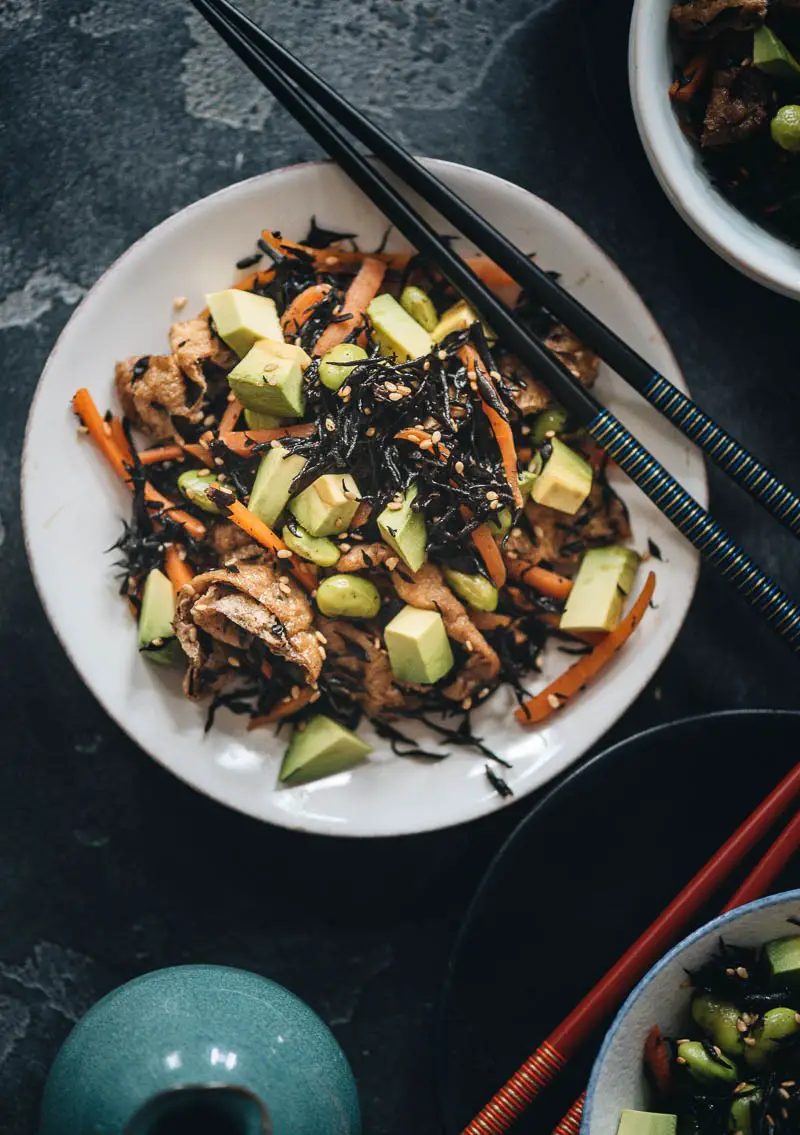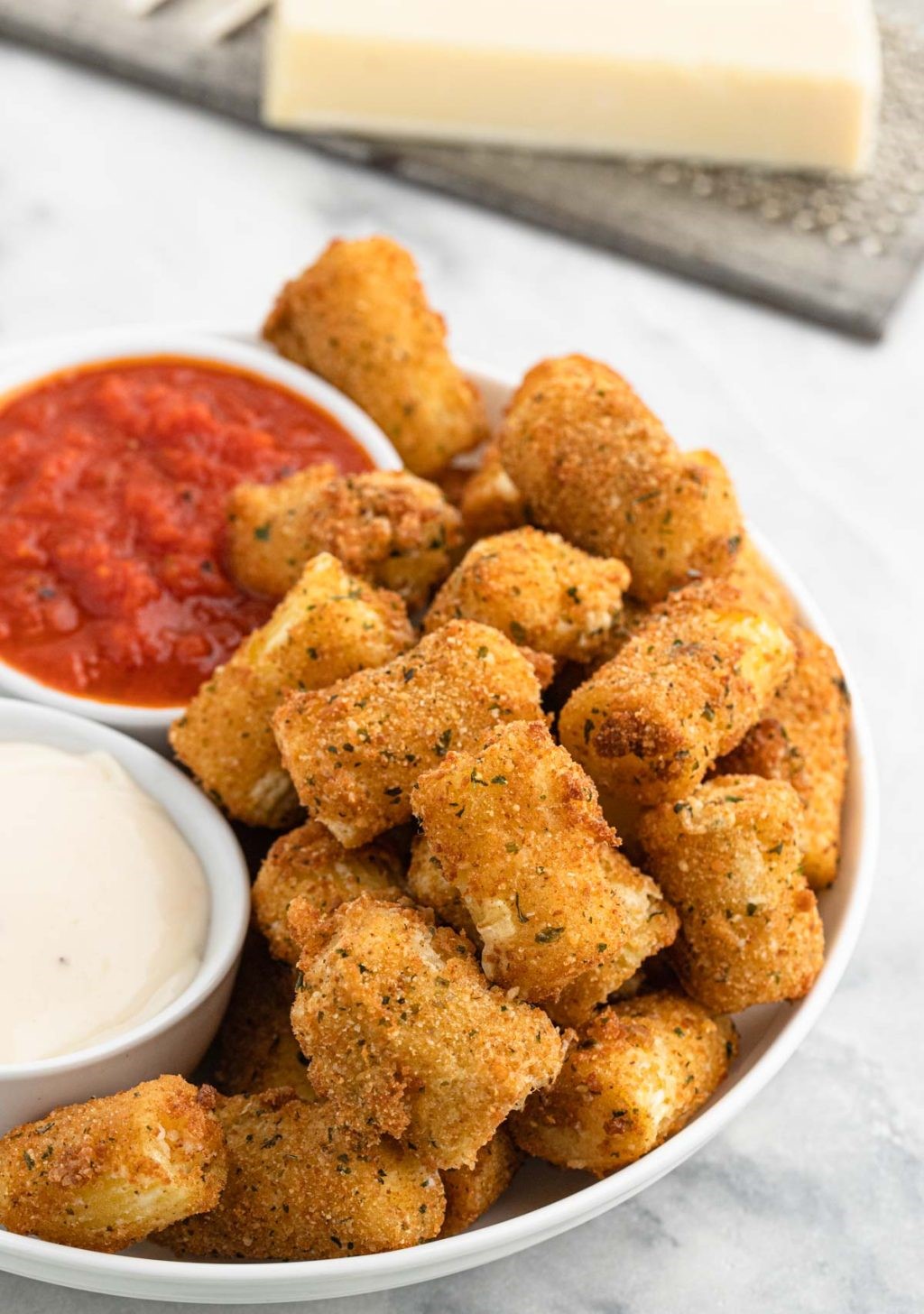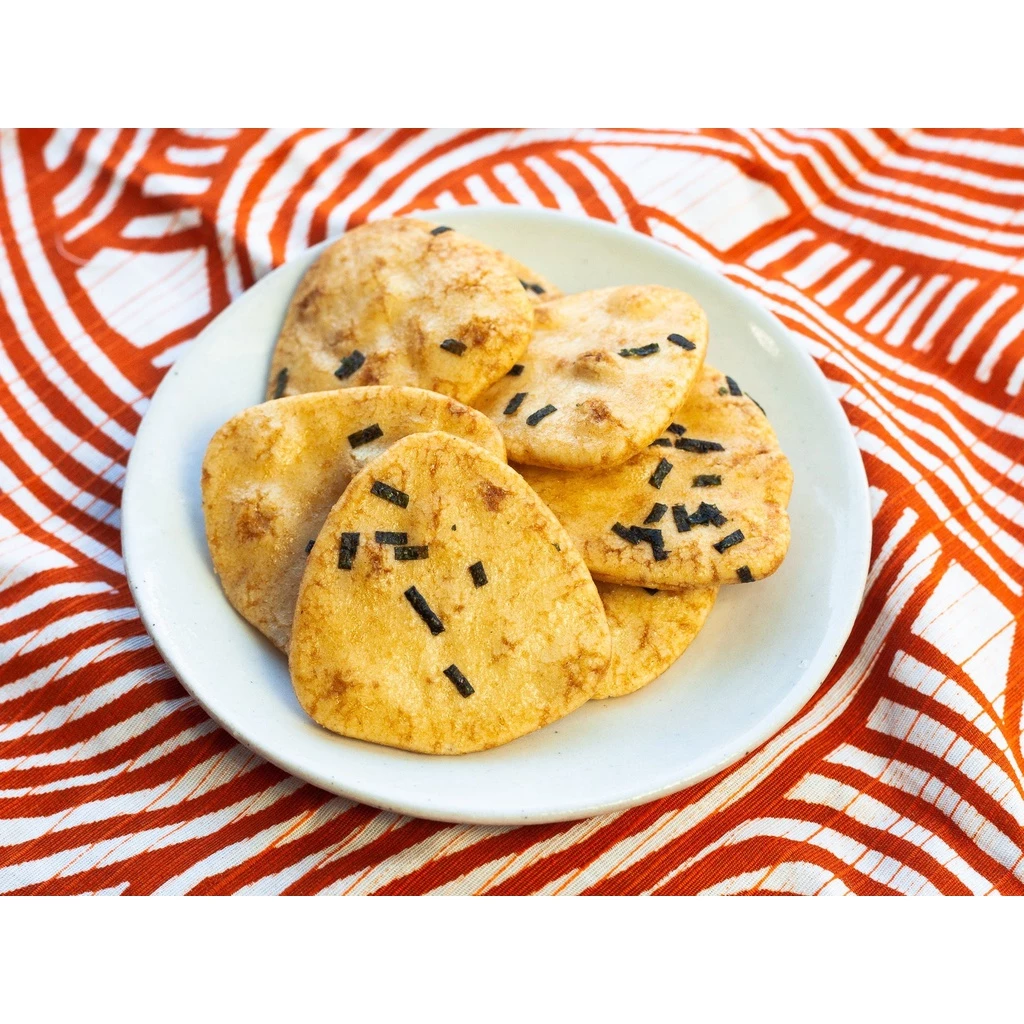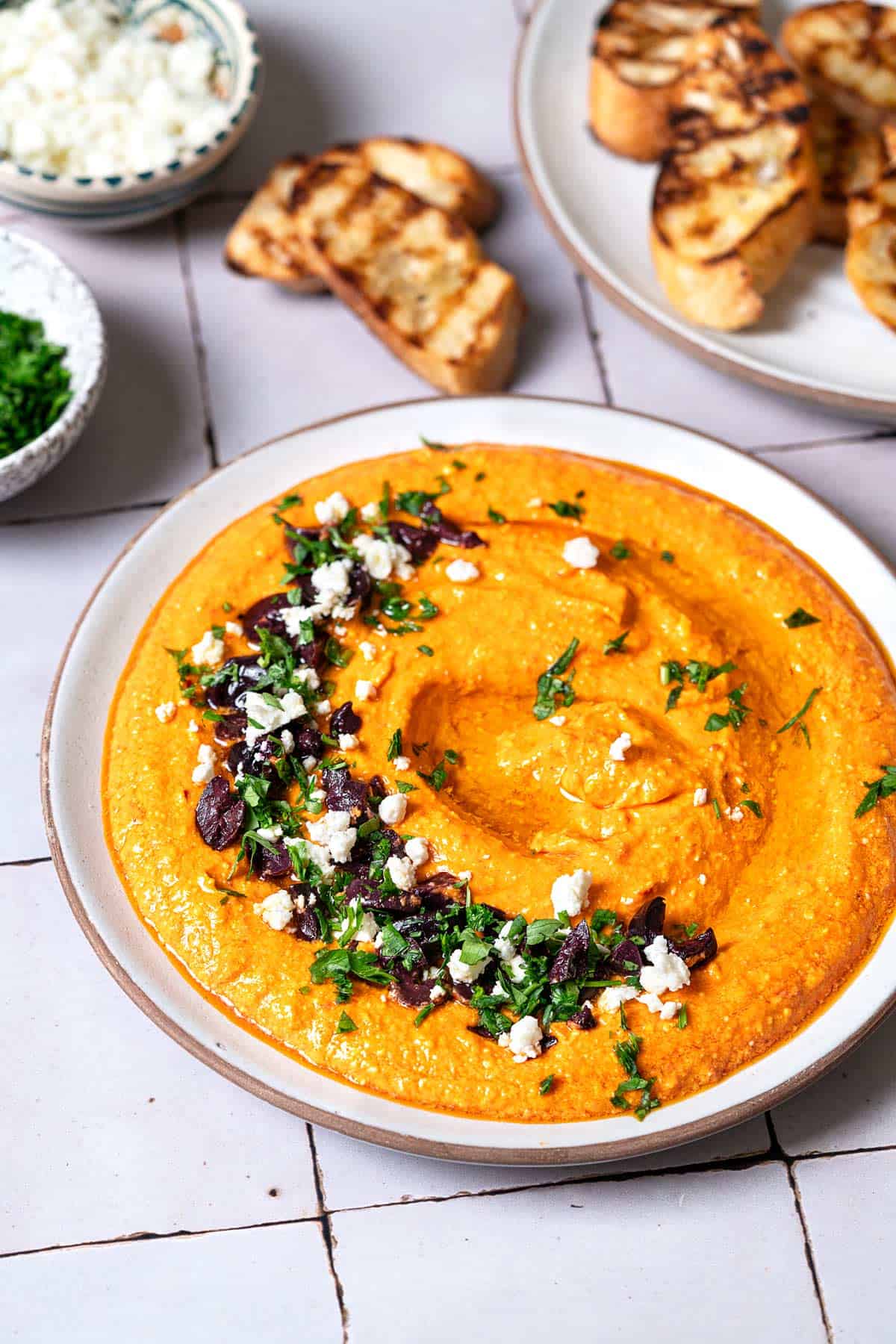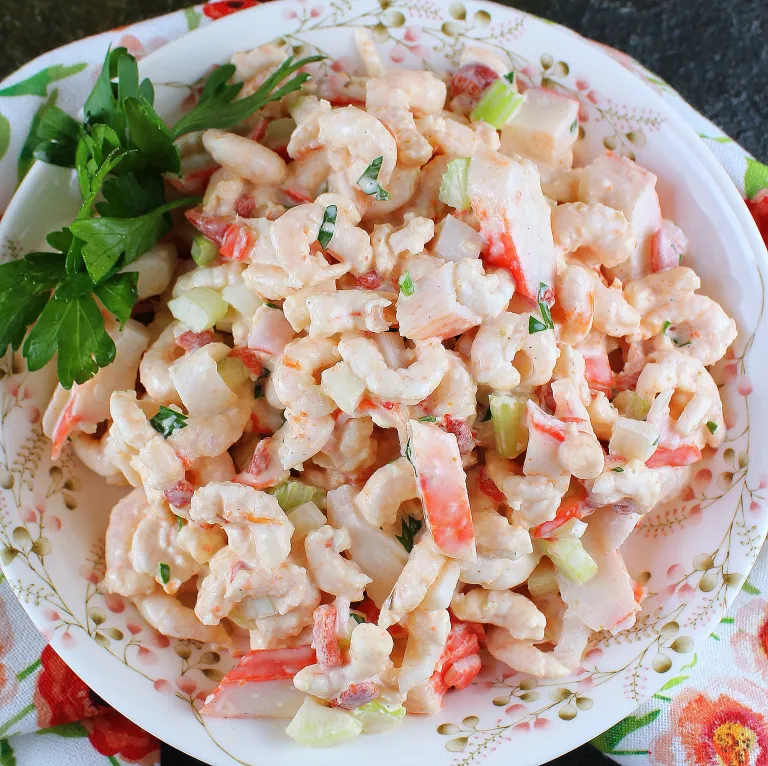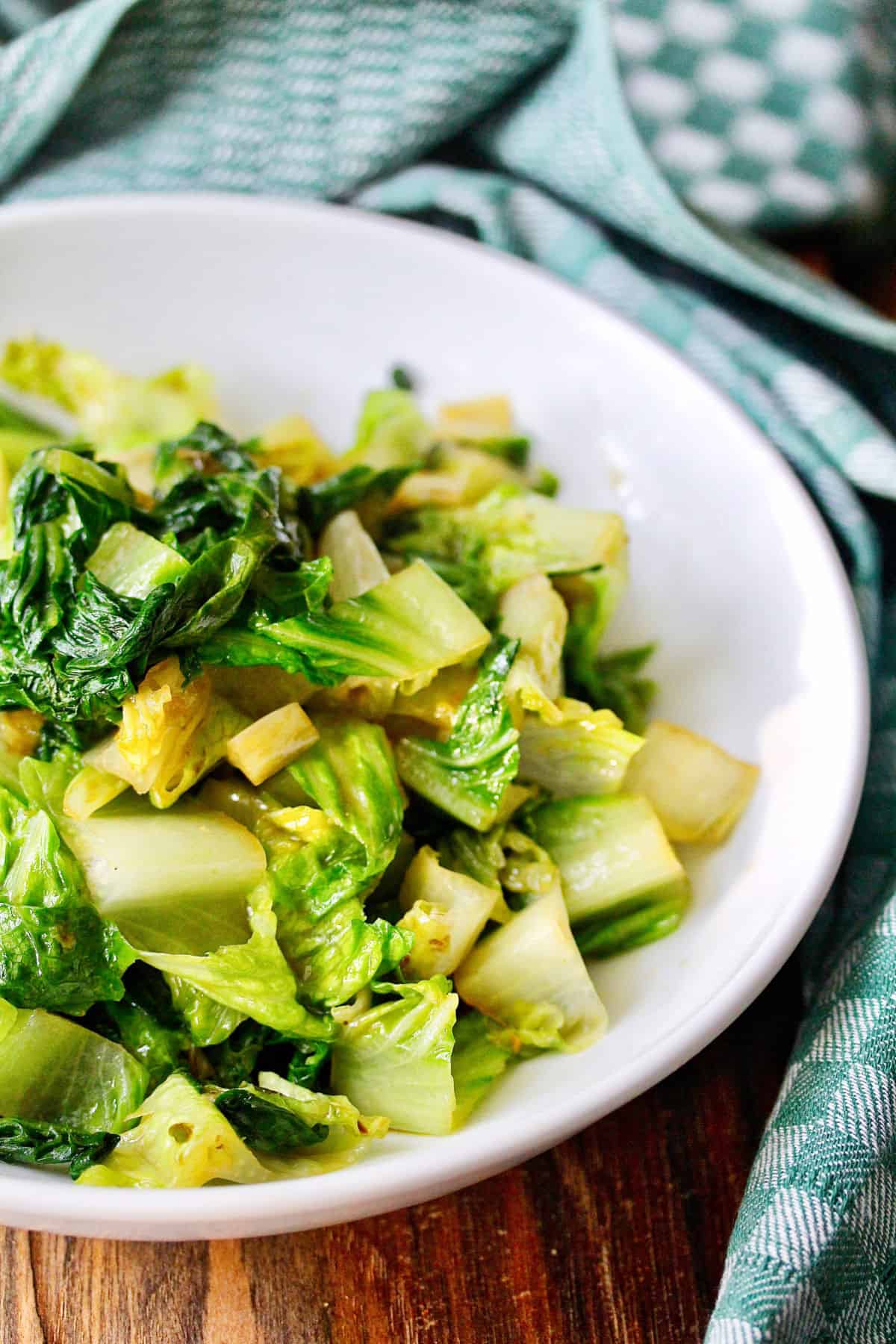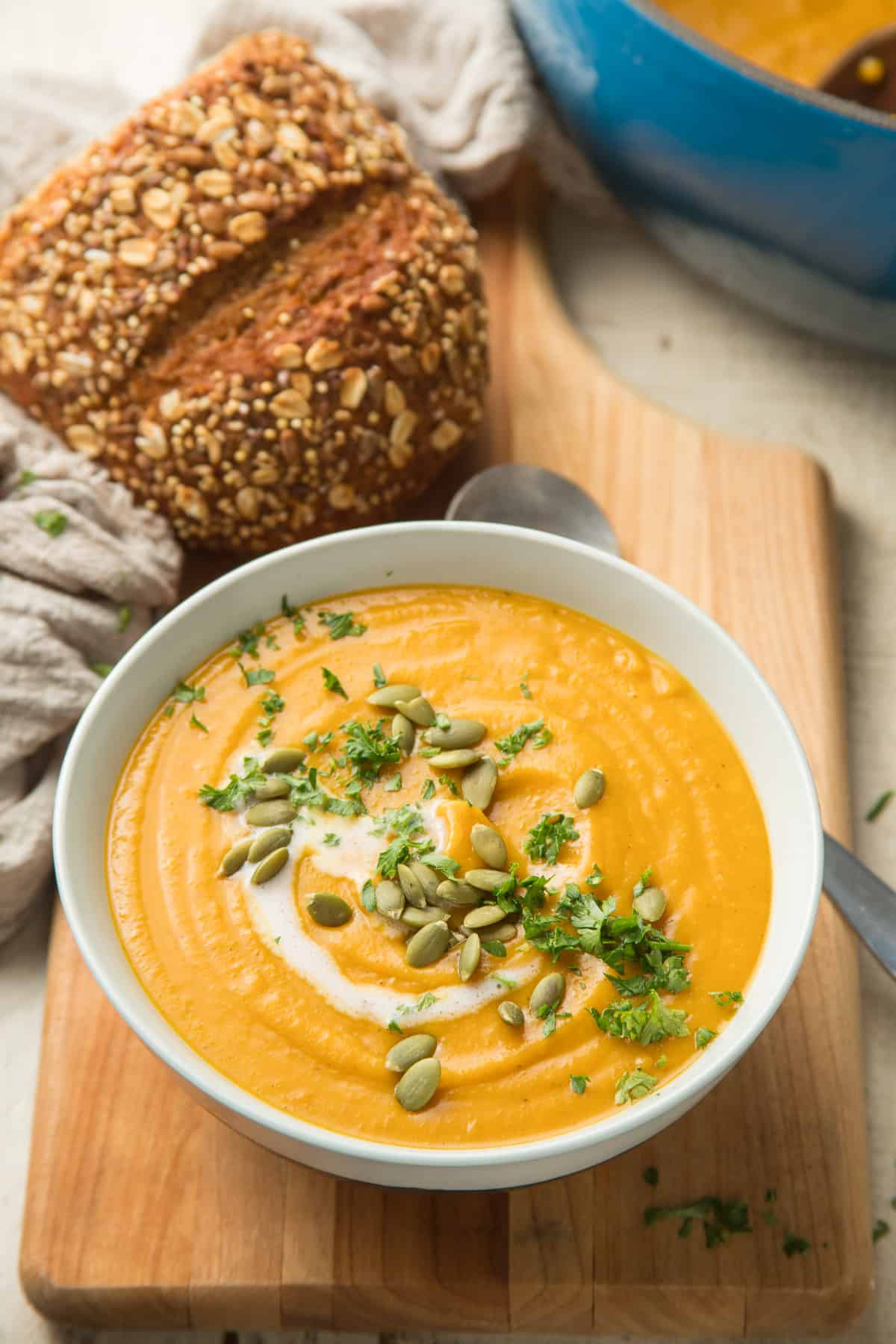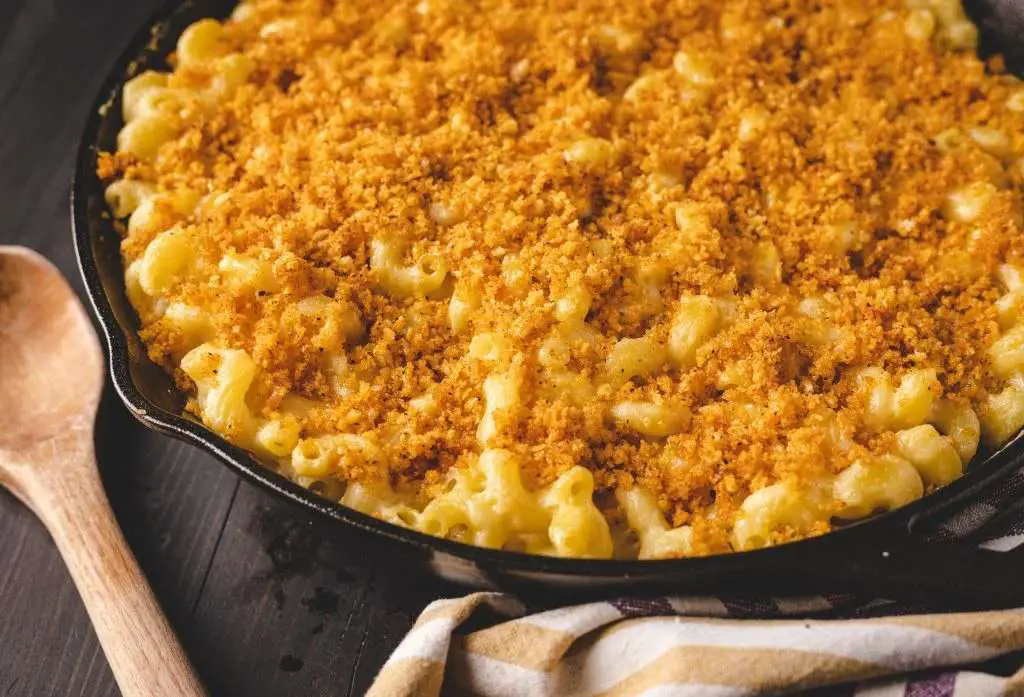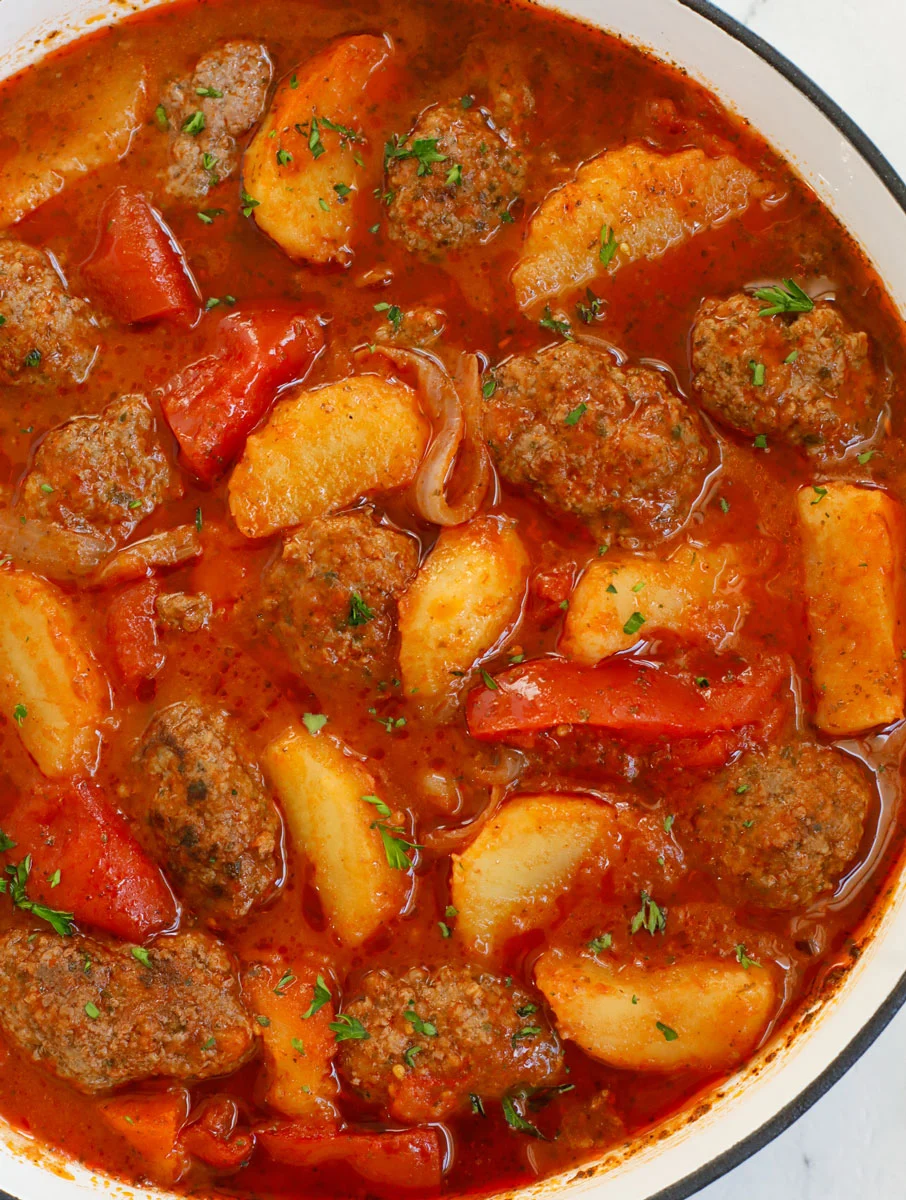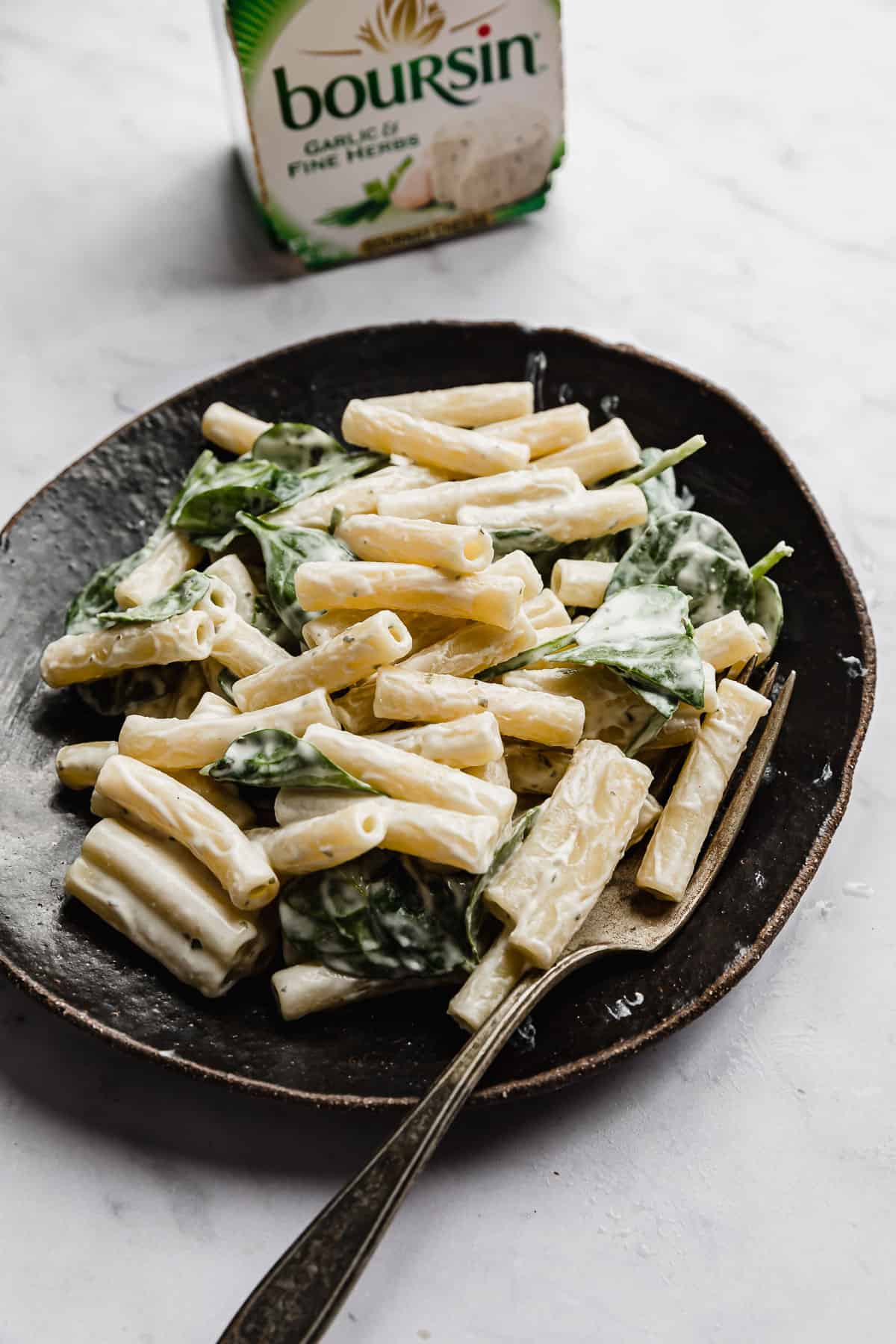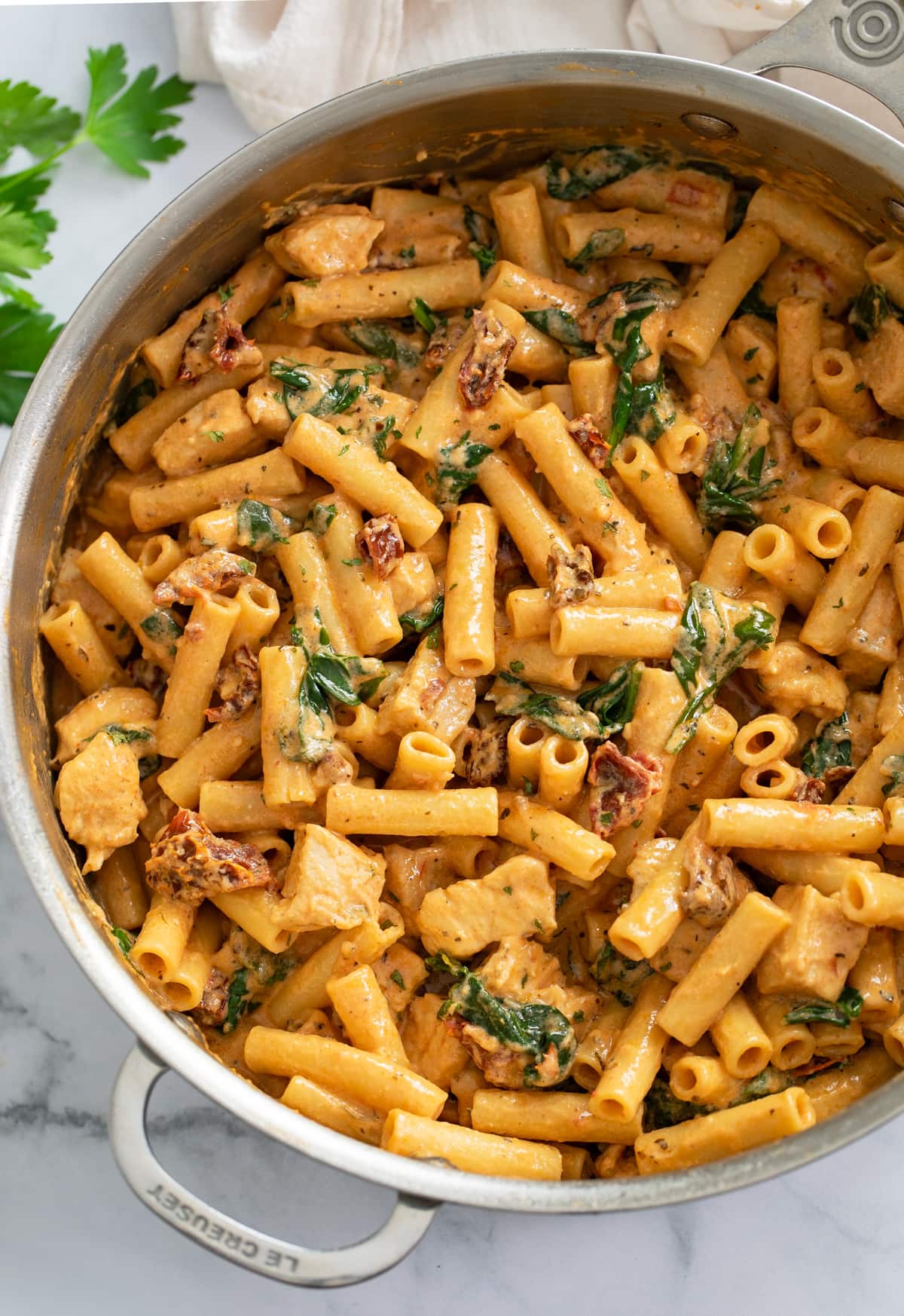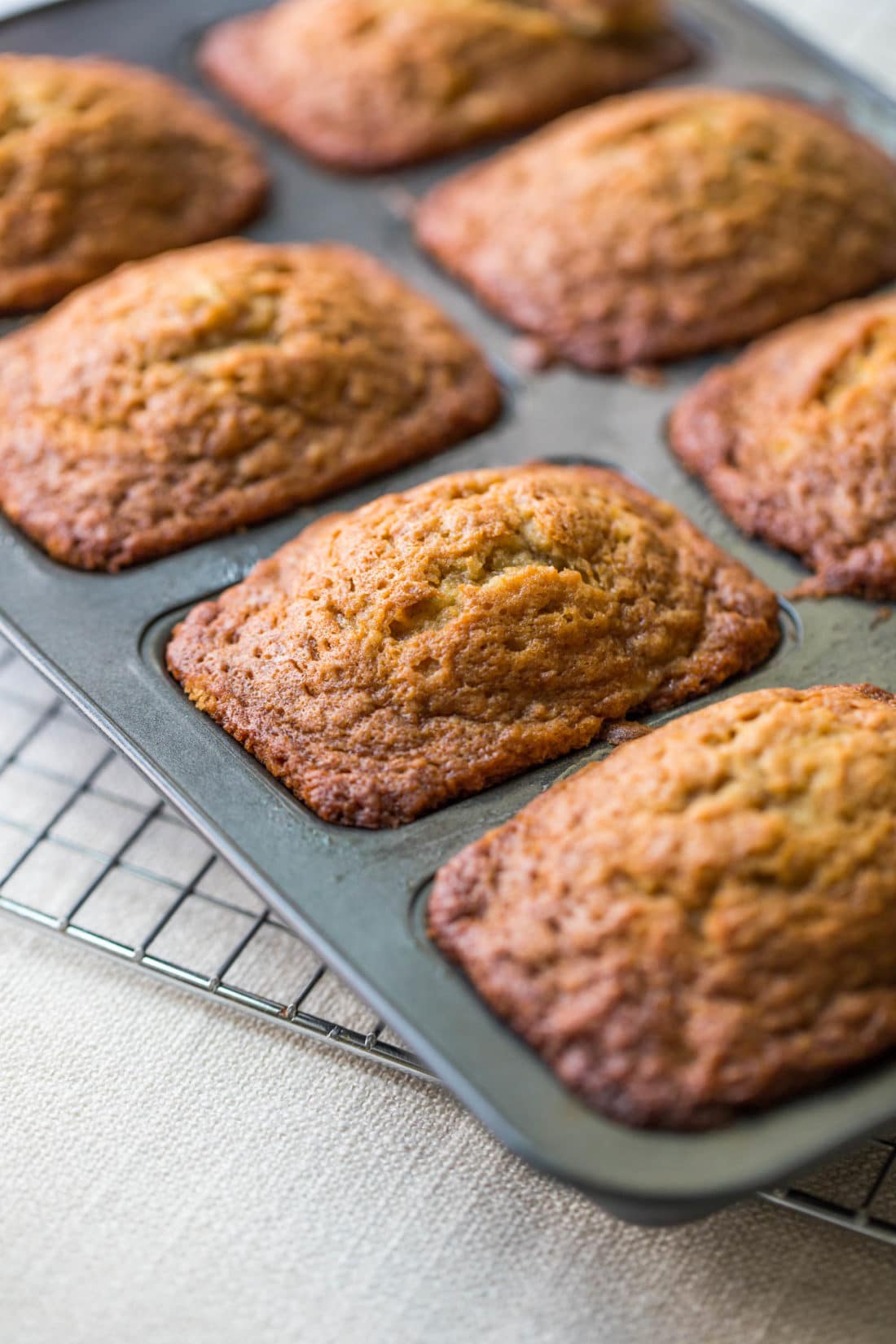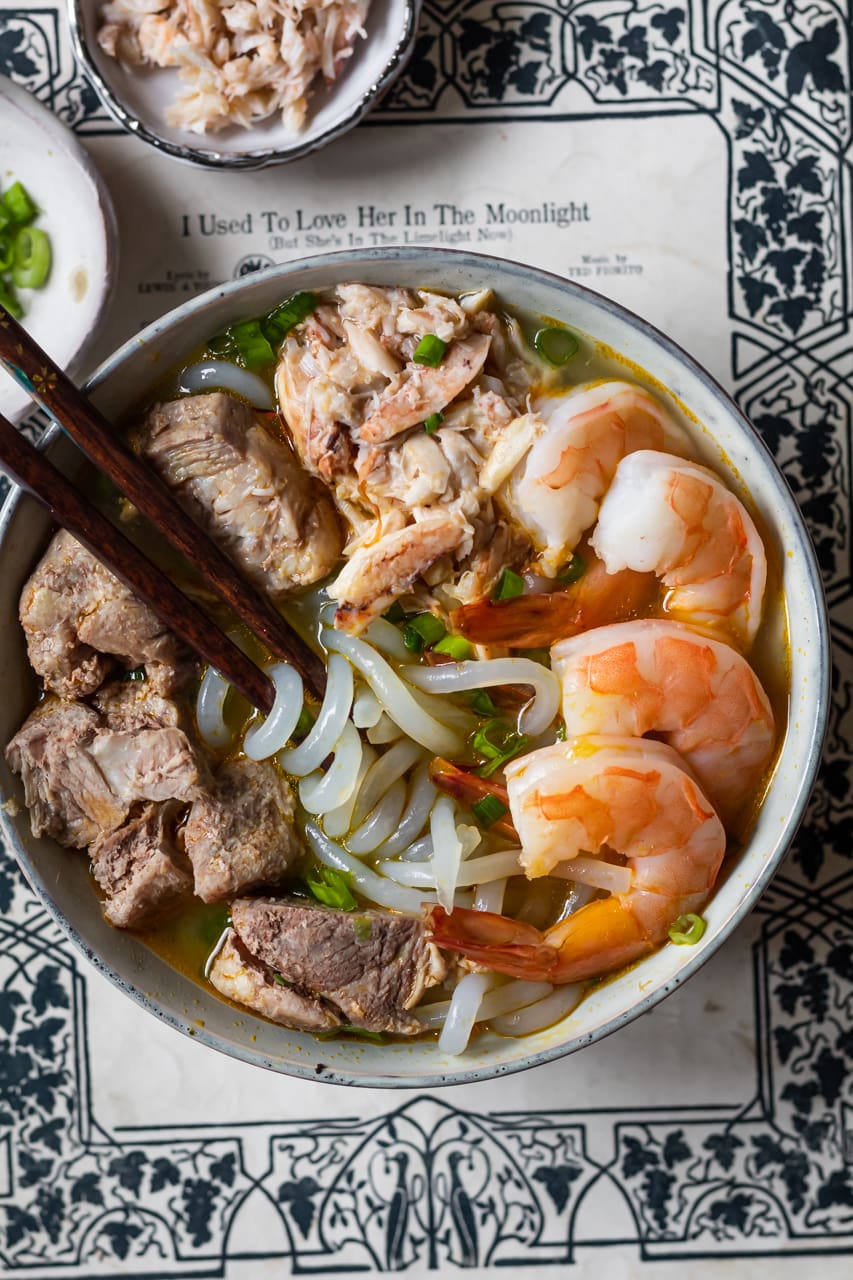
Welcome to the world of banh canh, a comforting Vietnamese noodle soup. It's a dish that excites your taste buds and warms your heart. In this guide, we'll dive into its origins, key ingredients, and different versions.
Banh canh is more than just a meal. It's a cultural treasure that shows the rich history and tastes of Vietnam. By the end, I hope you'll love authentic banh canh and maybe even make it yourself.
Table of Contents
ToggleIntroduction to Banh Canh
Banh canh is a traditional Vietnamese soup loved for its unique taste and texture. As I explore this dish, I learn about its essence and history. The noodles, made from tapioca and rice flour, are chewy and satisfying.
So, what is banh canh? This hearty noodle soup has many variations in Vietnam. It always has those chewy noodles, though. It's served in a savory broth with seafood and fresh herbs. The dish is great because you can make it your own. It suits many tastes.
The history of banh canh starts in central Vietnam, especially by the coast. This area has lots of fresh seafood. Seafood became a key part of local meals.
As more people tried it, banh canh spread across Vietnam. Each region added its own twist to this traditional soup.
How to Make Banh Canh
- Prep Time: 20 minutes
- Cooking Time: 2 hours
- Total Time: 2 hours 20 minutes
- Yield: 4 servings
- Method: Simmering
- Cuisine: Vietnamese
Ingredients
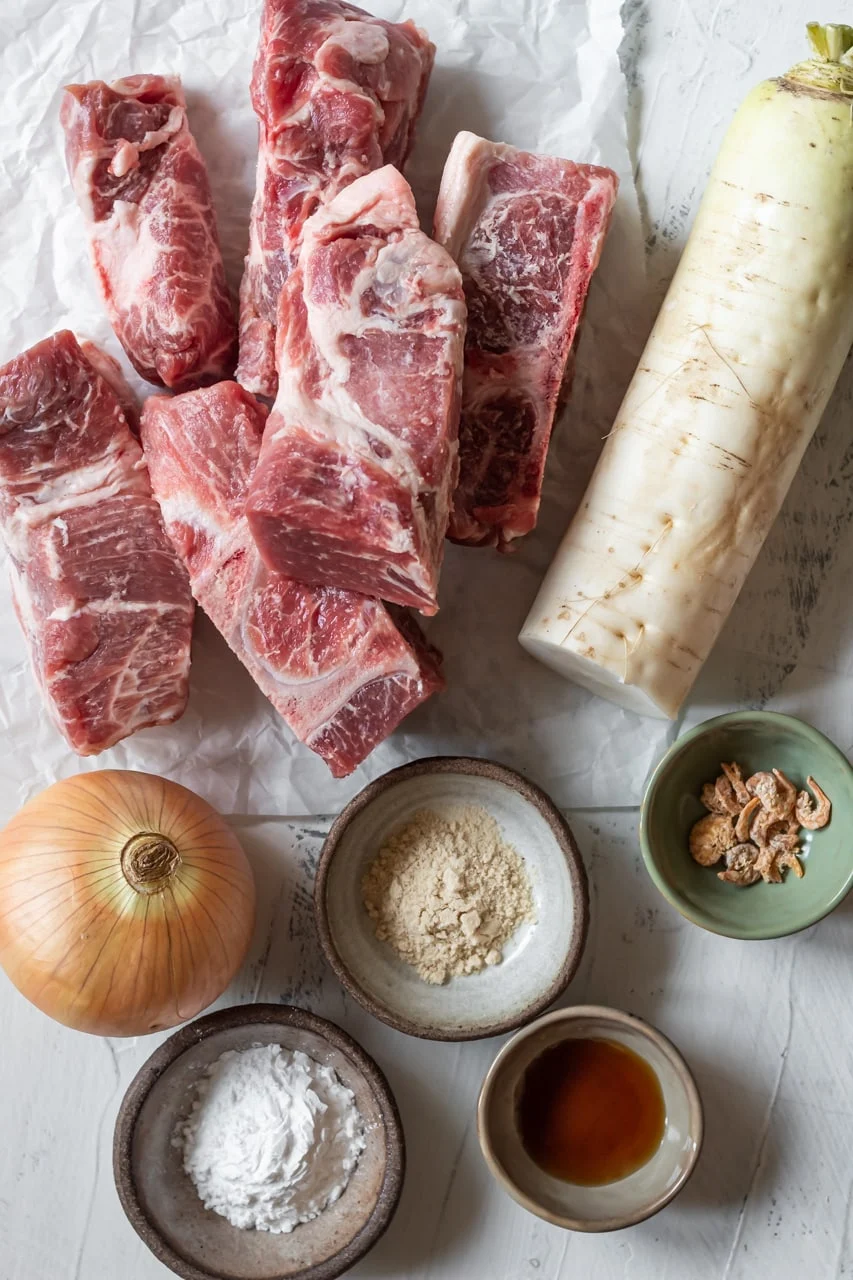
For the noodles:
- 1 cup tapioca flour
- 1 cup rice flour
- ½ cup water
For the broth:
- 1 lb pork bones or seafood shells
- 1 lb shrimp (peeled, with shells reserved)
- 1 lb fresh crab (optional)
- 1 onion, halved
- 3 garlic cloves
- 1 tbsp fish sauce
- 1 tsp sugar
- Salt and pepper, to taste
Toppings and garnishes:
- Fresh cilantro and green onions, chopped
- Lime wedges
- Sliced chili peppers
Instructions
- Prepare the Noodles:
- Mix tapioca and rice flour in a bowl. Gradually add water while kneading until a smooth dough forms.
- Roll the dough into thin sheets, then cut into strips for noodles. Steam for 10 minutes, then set aside.
- Make the Broth:
- In a large pot, add pork bones (or seafood shells), shrimp shells, onion, and garlic. Cover with water and bring to a boil. Skim any impurities.
- Simmer on low heat for 1.5 hours to extract flavor.
- Strain the broth, discard solids, and season with fish sauce, sugar, salt, and pepper.
- Cook the Protein:
- Add shrimp and crab to the strained broth. Simmer for 5-7 minutes until cooked.
- Assemble the Bowl:
- Place noodles in a bowl.
- Ladle hot broth over the noodles.
- Top with shrimp, crab, and fresh herbs. Serve with lime wedges and chili.
For a more seafood-forward twist, explore this birria ramen recipe, which similarly combines rich broths with bold flavors.
Nutrition Facts (Per Serving)
- Calories: 320
- Sugar: 3g
- Sodium: 820mg
- Fat: 8g
- Saturated Fat: 2g
- Unsaturated Fat: 5g
- Trans Fat: 0g
- Carbohydrates: 42g
- Fiber: 2g
- Protein: 18g
- Cholesterol: 125mg
Notes
- Substitutions: You can use store-bought noodles to save time.
- Storage: The broth can be refrigerated for up to 3 days or frozen for a month.
- Adjustments: Feel free to tweak the spice level or protein based on your preference.
Banh Canh Variations
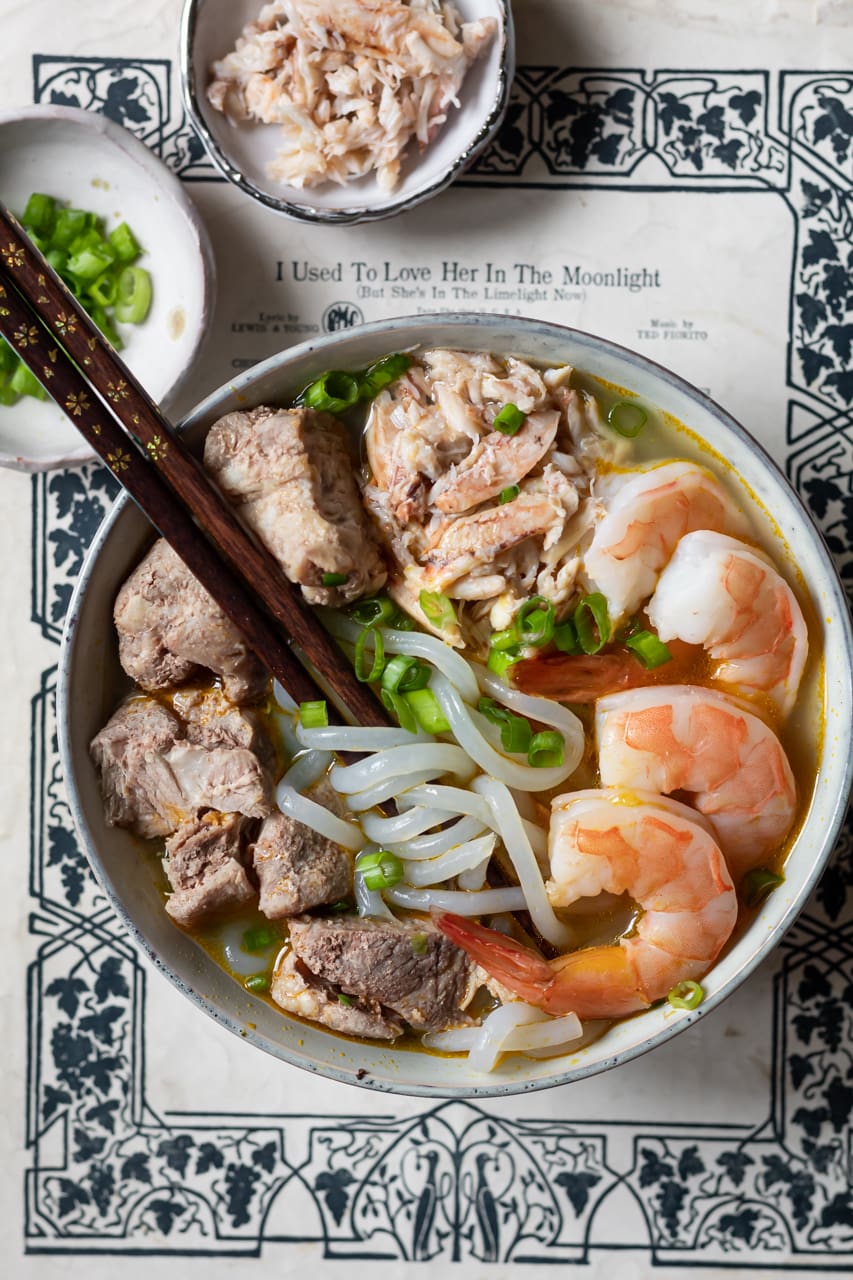
Banh Canh is a delightful dish with many variations. Each version offers unique flavors and textures. Whether you like crab or shrimp, there's something for everyone.
- Banh Canh Cua: Crab Noodle Soup: Banh canh cua is known for its rich crab flavor. It's made with fresh crab meat for a hearty seafood taste. The broth brings out the crab's sweetness, making it a treat. It's garnished with herbs and served with rice noodles. This makes it perfect for a comforting meal.
- Banh Canh Tom Cua: Shrimp and Crab Delight: Banh canh tom cua is a seafood lover's dream. It combines shrimp and crab for a flavorful broth. Each bite is a mix of tender shrimp and succulent crab. It's a must-try for seafood enthusiasts.
- Other Popular Variants of Banh Canh: Banh canh can be adapted to suit local tastes. Some are spicy, while others add vegetables or proteins. You can find versions with fish or different shellfish. The possibilities for banh canh variations are endless.
Enjoying Banh Canh
Enjoying banh canh is more than just eating the noodle soup. The right pairings and side dishes make the meal even better. They let the rich flavors of this Vietnamese dish stand out. Here are some great options to serve with your banh canh.
Best Pairings and Side Dishes
Some side dishes really bring out the flavors of banh canh. I love adding:
- Pickled vegetables for a tangy contrast
- Fresh spring rolls for a crunchy texture
- Fried tofu for a hearty option
Tips for Serving Banh Canh
Banh canh is best served hot and can be customized. I suggest offering:
- Fresh herbs like basil and cilantro
- Lime wedges for extra brightness
- Chili for those who like it hot
This way, everyone can make their bowl just right. It makes the meal more personal and fun.
Where to Find Authentic Banh Canh in the U.S.
Finding authentic banh canh in the U.S. is an exciting journey. Look for Vietnamese restaurants and markets, especially in places with big Vietnamese communities. California, Texas, and New York are great places to start. Exploring local spots often leads to the best banh canh experiences.
Exploring banh canh shows its tasty flavors and how it can please any palate. You can enjoy it as crab noodle soup or with fresh shrimp. Its flexibility makes it perfect for any occasion, encouraging creativity in cooking.
Why not try making banh canh at home or visiting a local Vietnamese restaurant to experience it firsthand? For more delicious recipes, check out So Damn Delish and start your cooking adventure today.
FAQs
Q: What ingredients are typically used in banh canh?
A: Banh canh is made with noodles from tapioca and rice flour. It also has a rich broth. Toppings include seafood like crab and shrimp, fresh herbs, lime, and chili.
Q: Can I make banh canh at home?
A: Yes, you can! Making banh canh at home is rewarding. You need to make the noodles and broth. Then, add your favorite seafood and toppings.
Q: How does banh canh differ from other Vietnamese soups?
A: Banh canh has chewy noodles and a rich seafood broth. It's different from other Vietnamese soups. This makes it a hearty meal.
Q: What is banh canh cua?
A: Banh canh cua is a version of banh canh with crab. It's loved by seafood fans for its flavor and aroma.
Q: Is banh canh suitable for special diets?
A: Yes, banh canh can be made for different diets. For gluten-free, use noodles without wheat. You can also change the toppings and broth to fit your diet.
Q: Where can I find authentic banh canh in the U.S.?
A: Look for authentic banh canh in Vietnamese restaurants. They're common in areas with many Vietnamese people. Check their menu online or call to see if they have banh canh cua or tom cua.
Q: What are some good side dishes to serve with banh canh?
A: Serve pickled vegetables or fresh spring rolls with banh canh. They complement the dish and make the meal better.
Print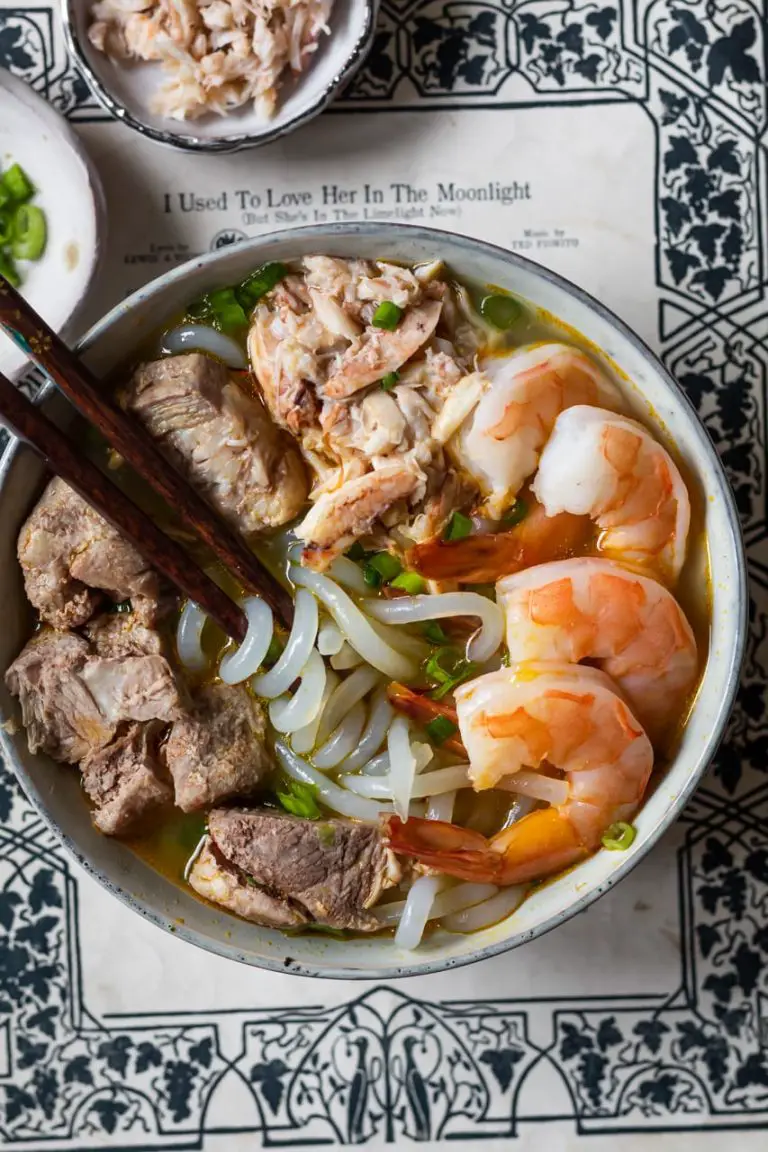
Banh Canh: A Guide to Vietnamese Noodle Soup
5 Stars 4 Stars 3 Stars 2 Stars 1 Star
No reviews
Explore the flavors of Vietnam with So Damn Delish’s guide to banh canh, the comforting and versatile noodle soup perfect for any meal. Dive in Asian cuisine!
- Total Time: 2 hours 20 minutes
- Yield: 4 servings 1x
Ingredients
For the noodles:
- 1 cup tapioca flour
- 1 cup rice flour
- ½ cup water
For the broth:
- 1 lb pork bones or seafood shells
- 1 lb shrimp (peeled, with shells reserved)
- 1 lb fresh crab (optional)
- 1 onion, halved
- 3 garlic cloves
- 1 tbsp fish sauce
- 1 tsp sugar
- Salt and pepper, to taste
Toppings and garnishes:
- Fresh cilantro and green onions, chopped
- Lime wedges
- Sliced chili peppers
Instructions
- Prepare the Noodles:
- Mix tapioca and rice flour in a bowl. Gradually add water while kneading until a smooth dough forms.
- Roll the dough into thin sheets, then cut into strips for noodles. Steam for 10 minutes, then set aside.
- Make the Broth:
- In a large pot, add pork bones (or seafood shells), shrimp shells, onion, and garlic. Cover with water and bring to a boil. Skim any impurities.
- Simmer on low heat for 1.5 hours to extract flavor.
- Strain the broth, discard solids, and season with fish sauce, sugar, salt, and pepper.
- Cook the Protein:
- Add shrimp and crab to the strained broth. Simmer for 5-7 minutes until cooked.
- Assemble the Bowl:
- Place noodles in a bowl.
- Ladle hot broth over the noodles.
- Top with shrimp, crab, and fresh herbs. Serve with lime wedges and chili.
Notes
- Substitutions: You can use store-bought noodles to save time.
- Storage: The broth can be refrigerated for up to 3 days or frozen for a month.
Adjustments: Feel free to tweak the spice level or protein based on your preference.
- Author: SoDamnDelish
- Prep Time: 20 minutes
- Cook Time: 2 hour
- Category: Asian Food
- Method: Simmering
- Cuisine: Vietnamese
Nutrition
- Serving Size: 1
- Calories: 320
- Sugar: 3g
- Sodium: 820mg
- Fat: 8g
- Saturated Fat: 2g
- Unsaturated Fat: 5g
- Trans Fat: 0g
- Carbohydrates: 42g
- Fiber: 2g
- Protein: 18g
- Cholesterol: 125mg





